16 Ways to use Quickwrites to promote deeper thinking and learning, no matter what subject you teach
By Nicole Marie
What is a Quickwrite?
A Quickwrite is an invitation for students to write swiftly, continuously, and without censoring themselves in response to a prompt. The prompt can be written, visual or even a piece of stimulus material or a question. It’s a versatile tool that aims to encourage students to practise ‘putting pen to paper’ to develop their thinking about a topic, concept, text or artwork. It can also help build writing fluency and stamina amongst learners while prompting them to tap into ‘what they didn’t know they knew.’
Additionally, Quickwrites provide students with time and space to let their ideas flow freely and to explore their understanding about their learning, minus the pressure of high-stakes assessments, grades or ‘correctness’. This allows learners to relax their inner critics and use writing as a vehicle for exploration, deeper thinking and learning, rather than as a final presentation or performance of understanding. Because of this, Quickwrites are also an excellent tool for teachers to formatively assess student understanding in order to make responsive, appropriate adjustments to classroom instruction. They can be used in any subject in a variety of ways, as you will see when exploring the examples throughout this post.
For an example of ‘Quickwrite instructions’ given to students, see the slide below (you can make a copy of this to use as a template from here):

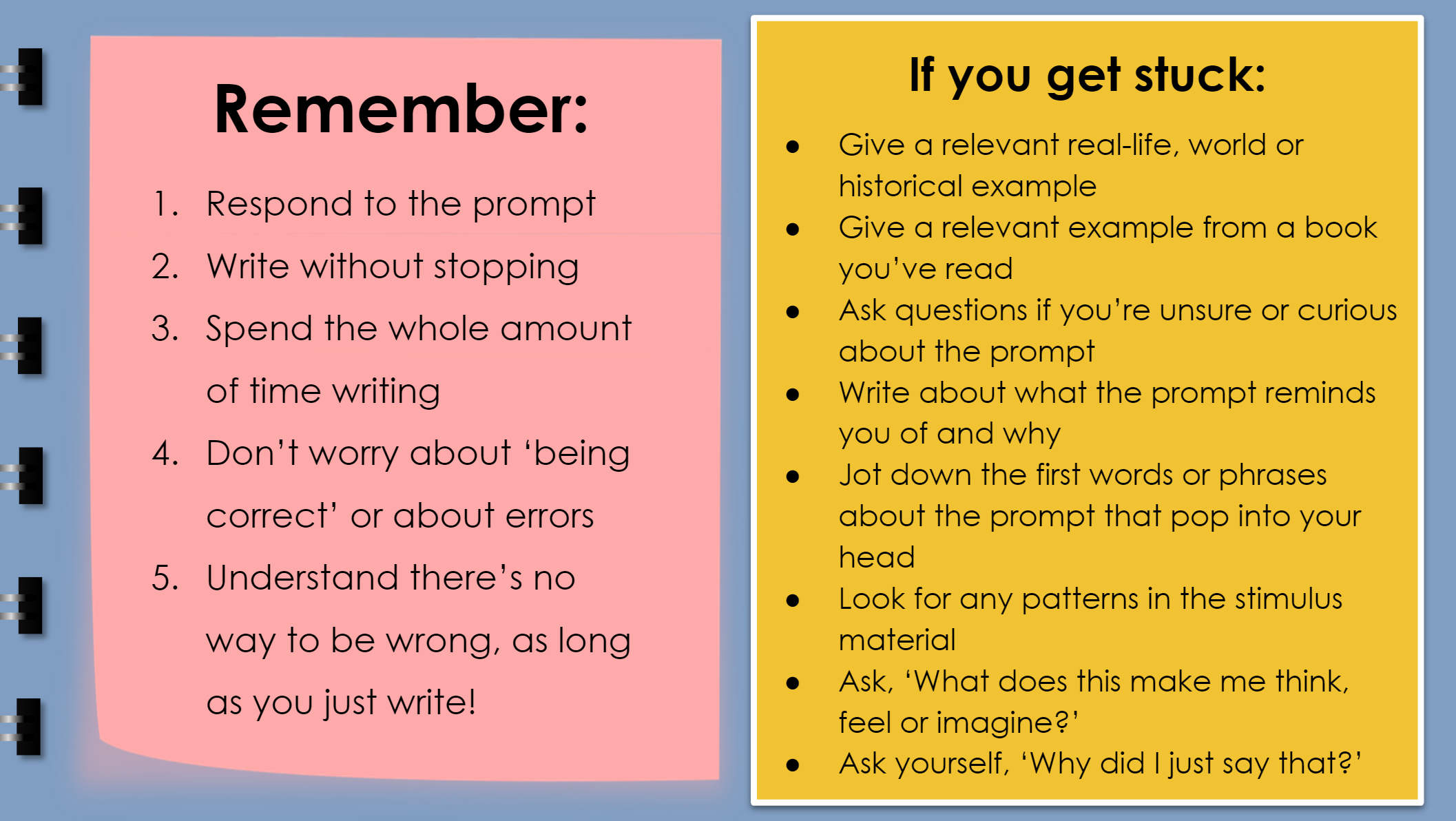
As with most things we ask of our students, we can get the most out of Quickwrites if we initially model them, show students examples, or use follow-up prompts or questions to support learners and help them get started.
At the start of a lesson:
1. To activate, assess or review students’ prior knowledge or learning.
These kinds of QuickWrites could might include:
“Tell me everything you know about _______” prompts
Word association prompts
Inviting thinking about recently introduced concepts
Questions or stimulus material that can help recap learning from a previous class.
The focus is on uncovering what students know, understand and remember, rather than covering new content. See a slideshow of responses below:
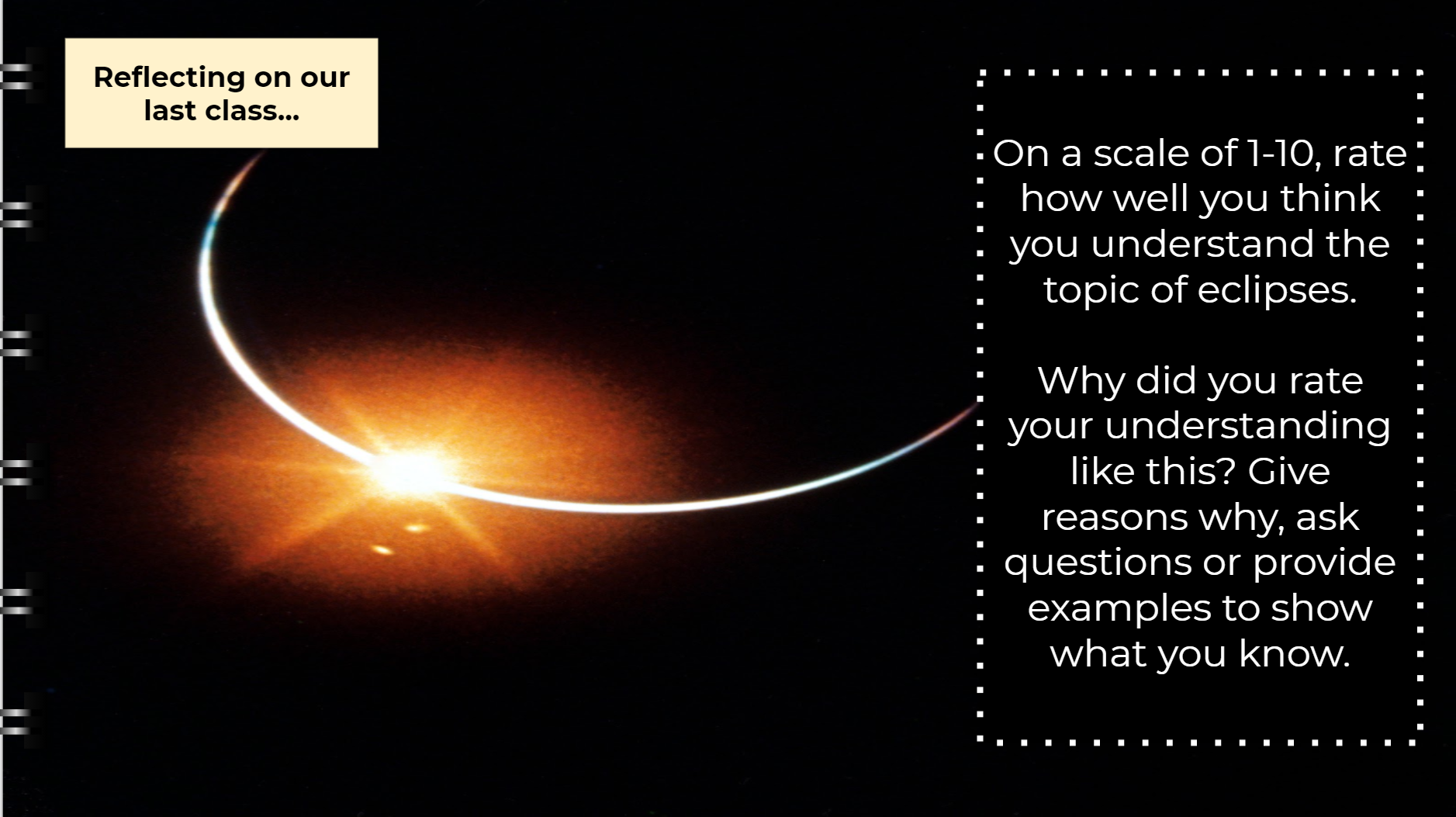
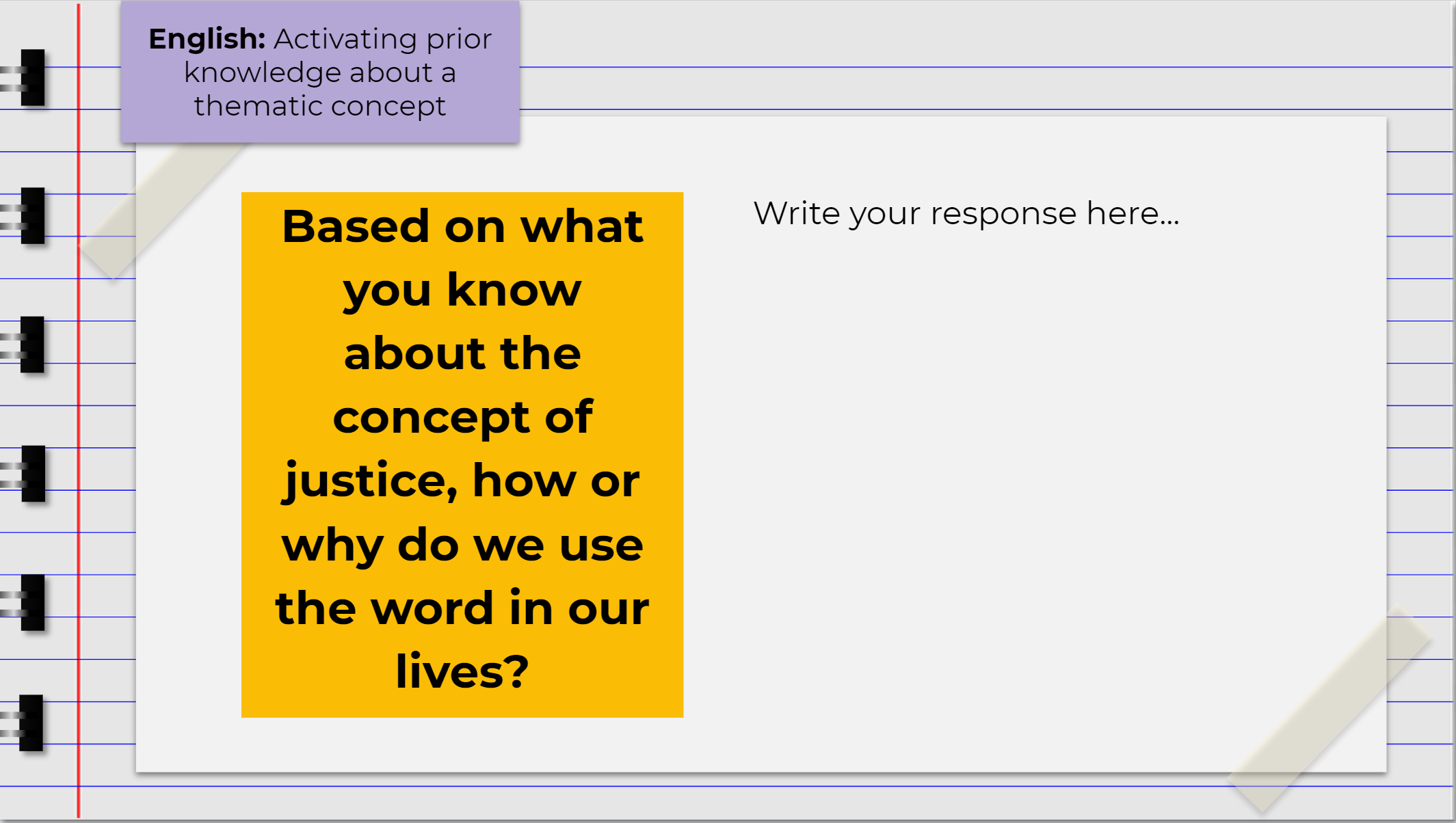
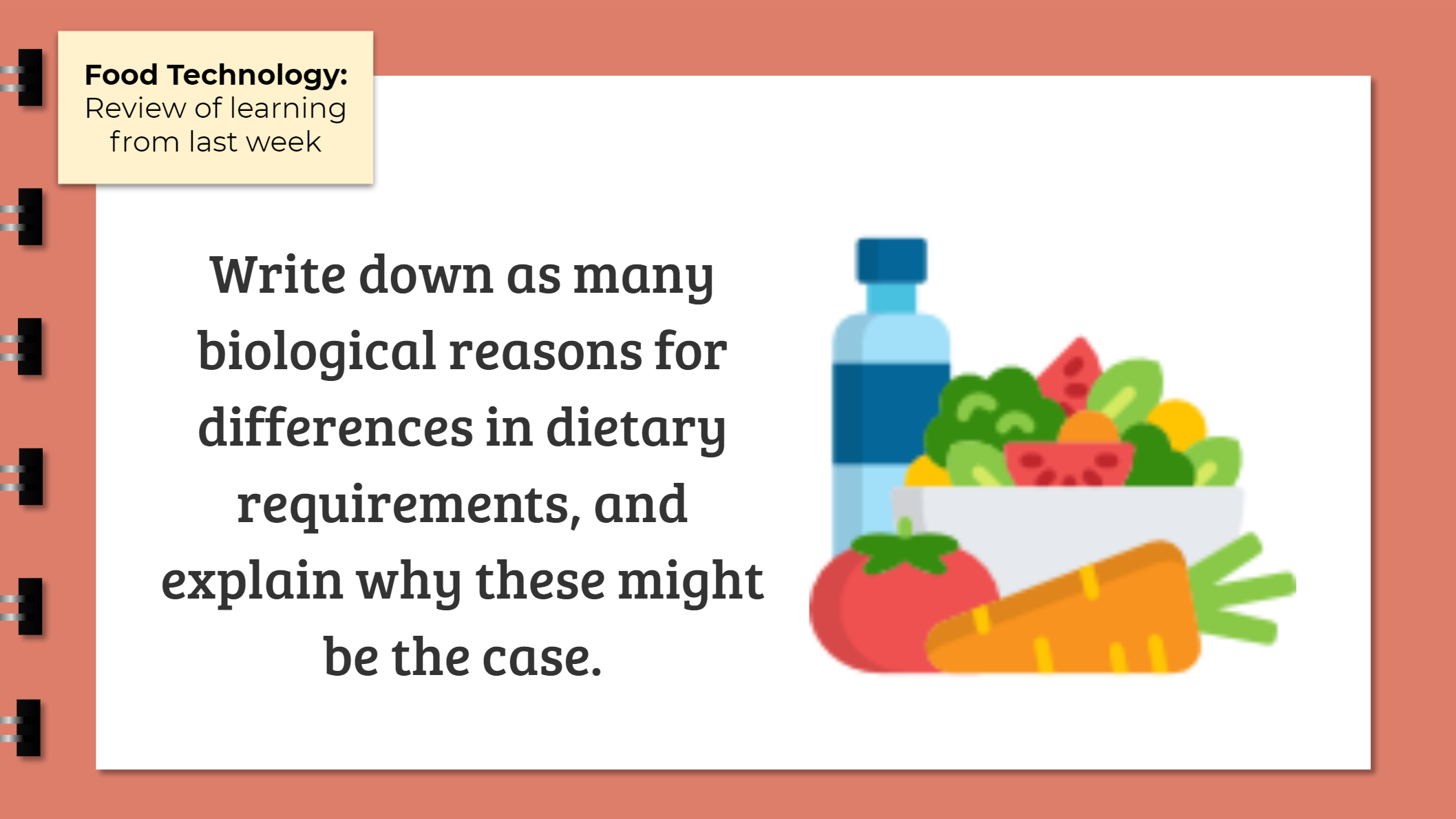
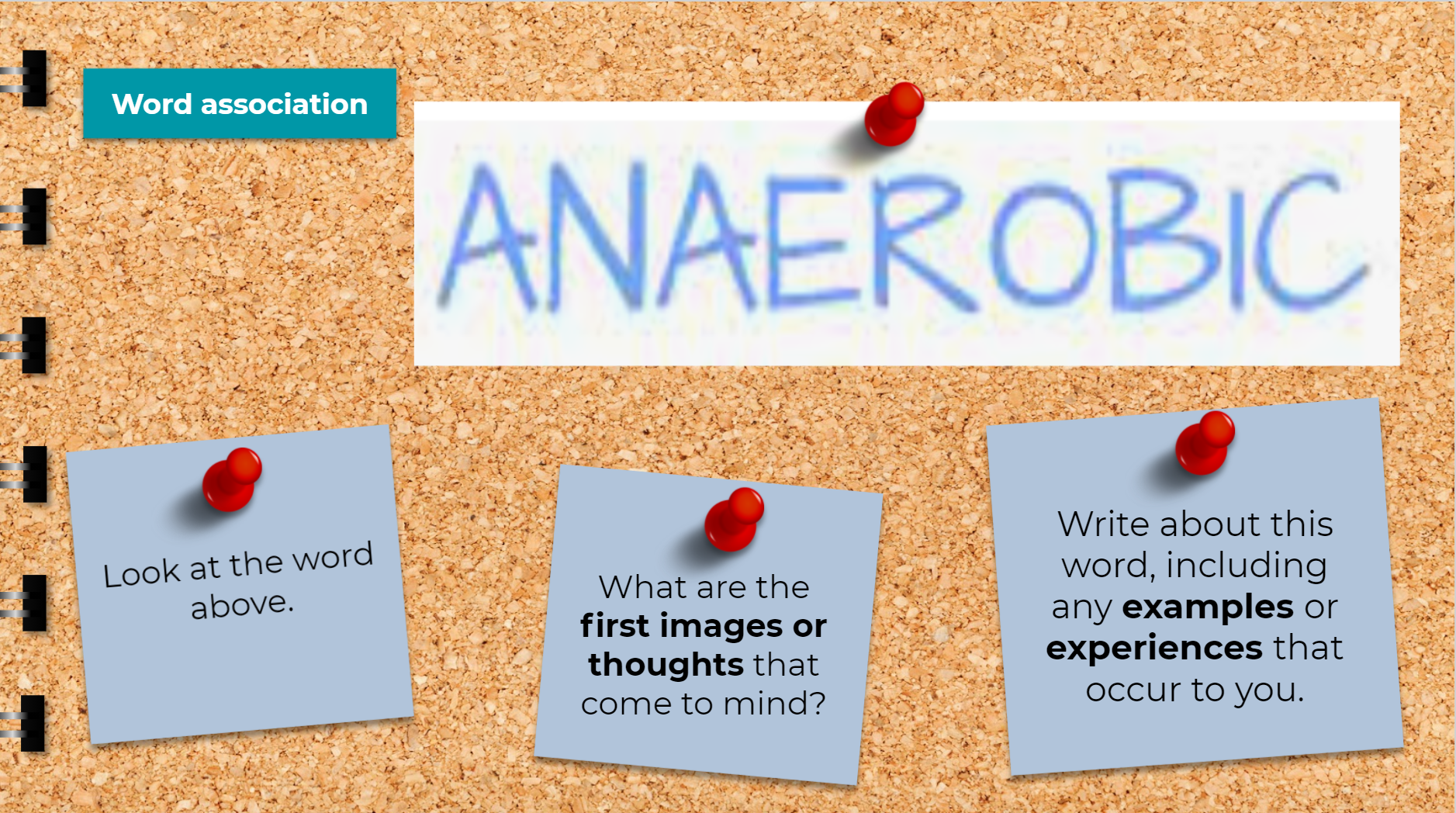
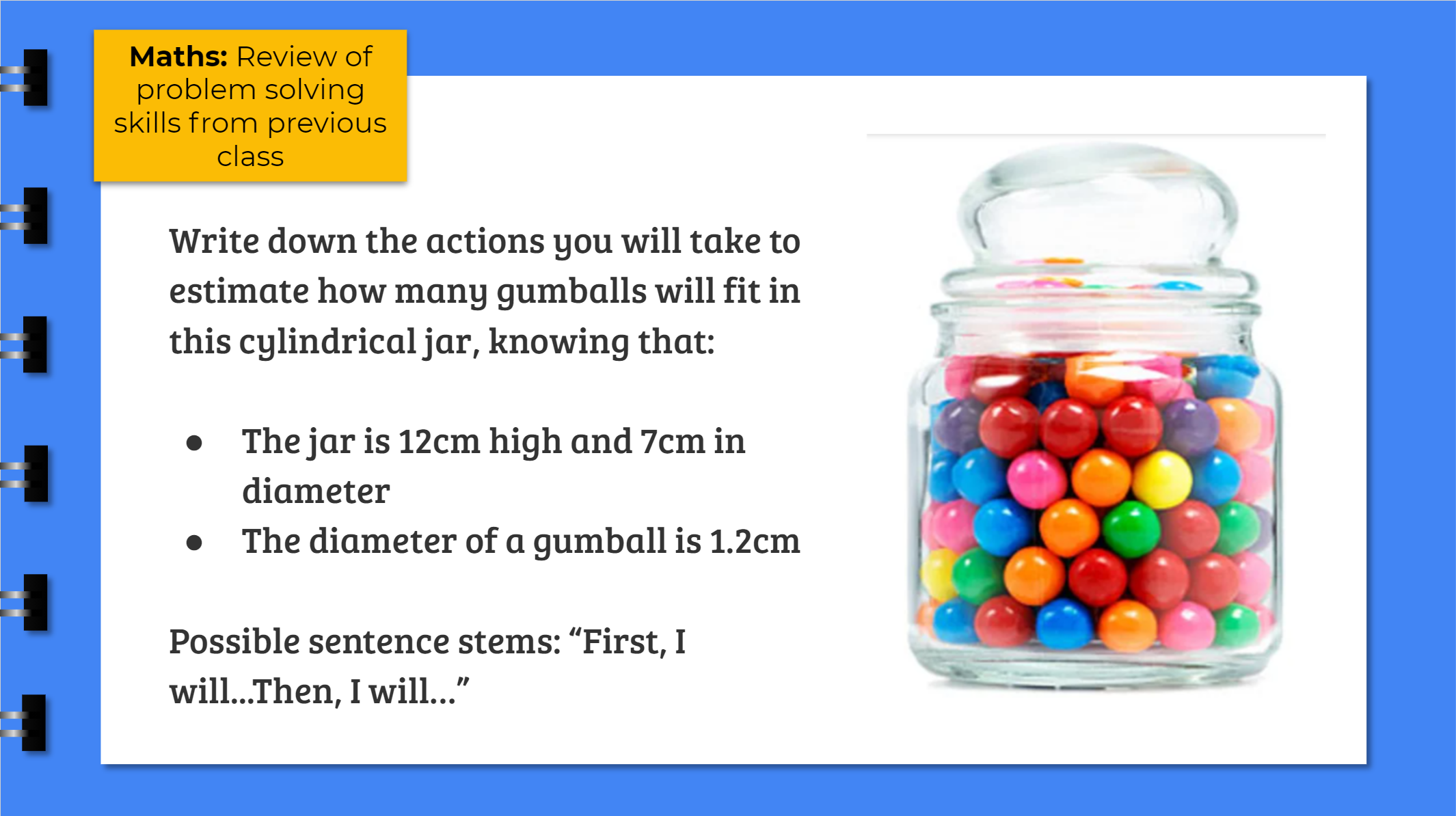
2. To connect previous knowledge or learning to the new
This is about connecting the known to the new. These kinds of Quickwrites encourage students to:
Make connections between known concepts and new ones
Apply a new thinking process to the ‘known’ before engaging in the same thinking process with the ‘new’
Consider similarities and differences between concepts
See some examples in the slideshow below:
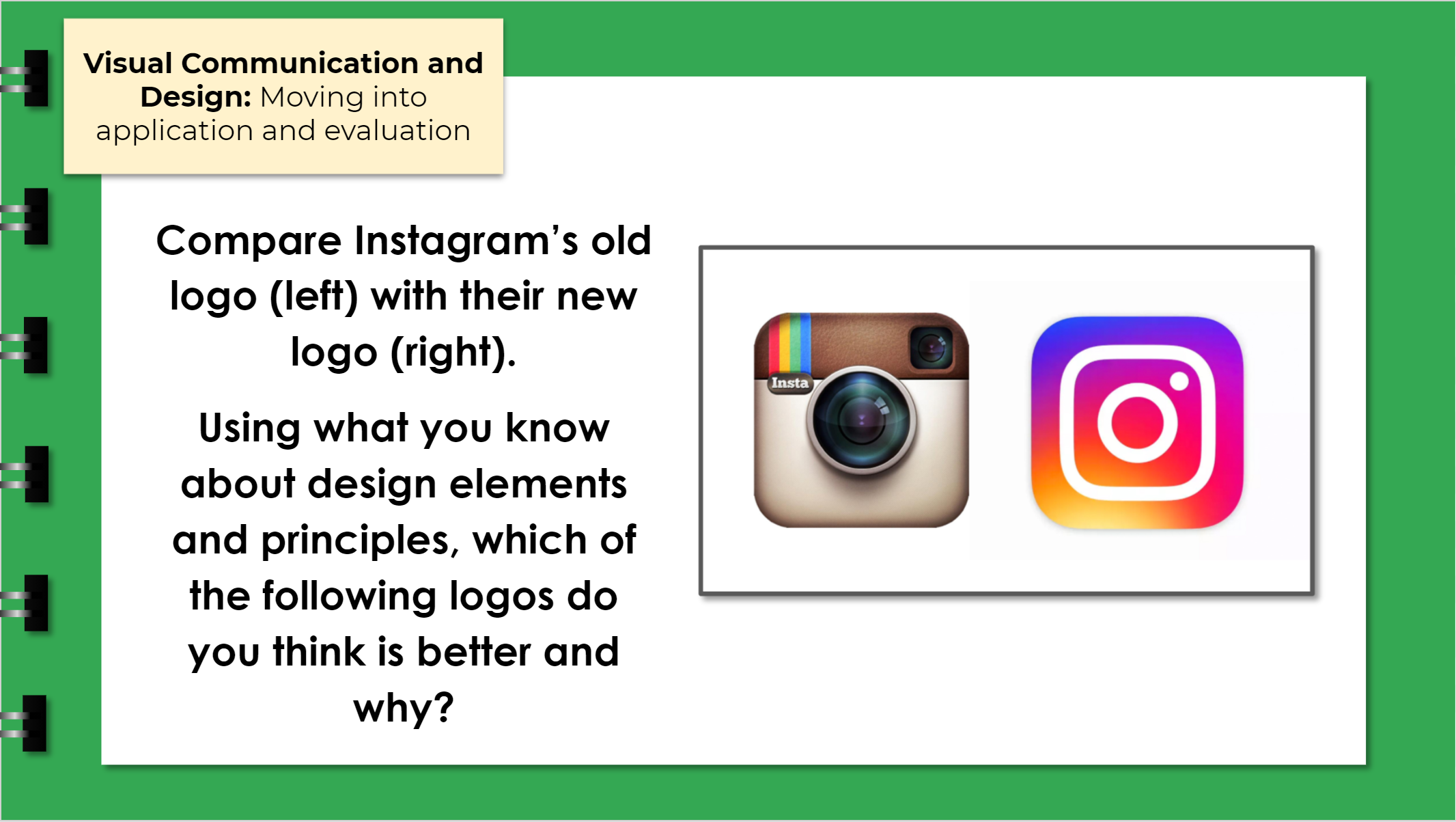

3. To stimulate curiosity and enhance engagement
These kinds of Quickwrites capture students’ attention and interest while simultaneously priming them for deeper learning. They are the kinds of Quickwrites that can lead to a broad discussion about ‘what we are learning and why.’ These kinds of Quickwrites might involve the following points below, with relevant links to what students are learning:
Prompts or stimulus material that connect to students’ lives or tap into personal experiences
Thought-provoking quotes, images or videos
Academic issues that invite consideration of a range of perspectives
Inviting students to make and justify a choice
Posing open-ended or important questions
Problem-solving
Scenarios
Click on the slideshow below to see some examples:
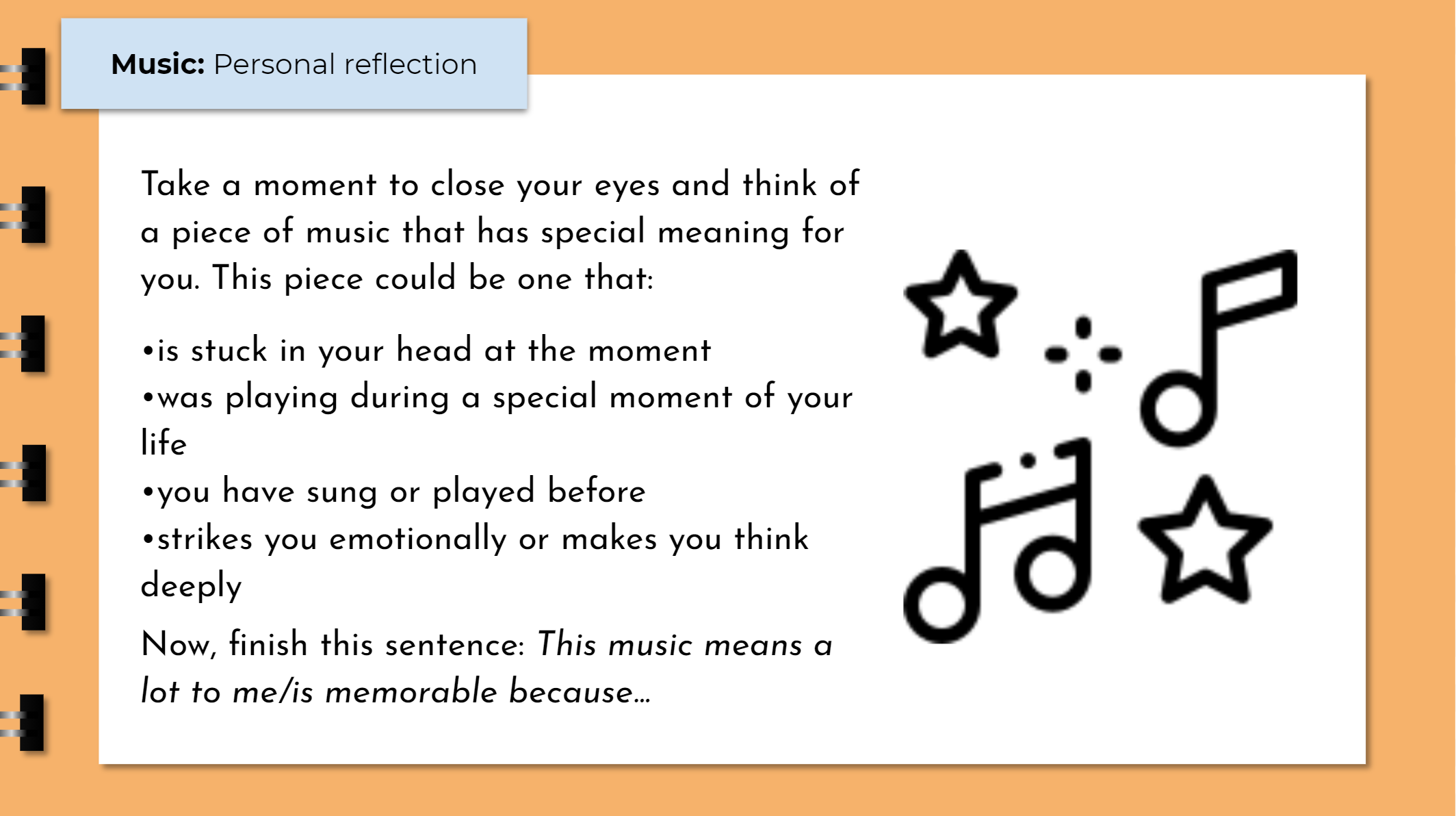


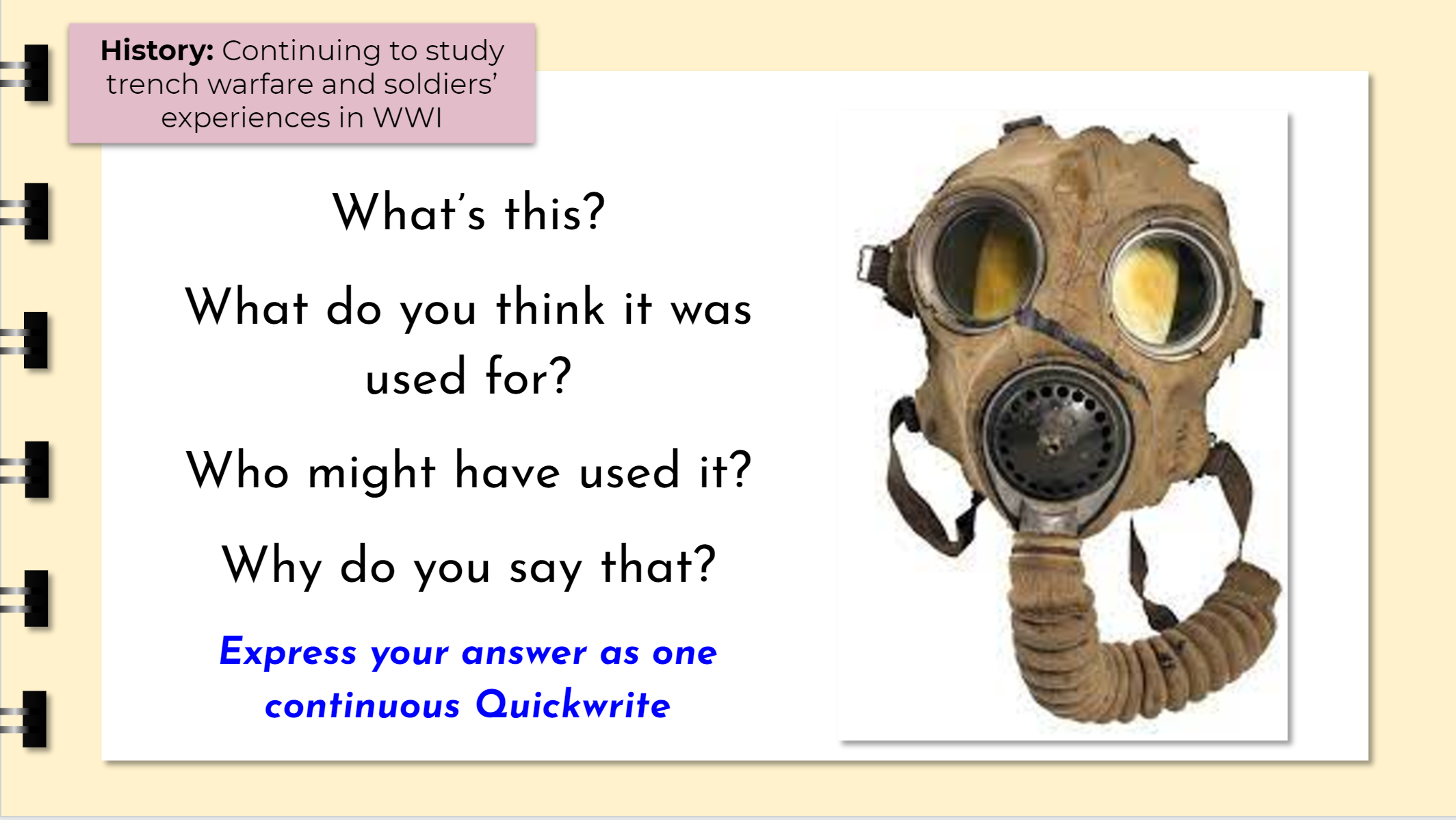
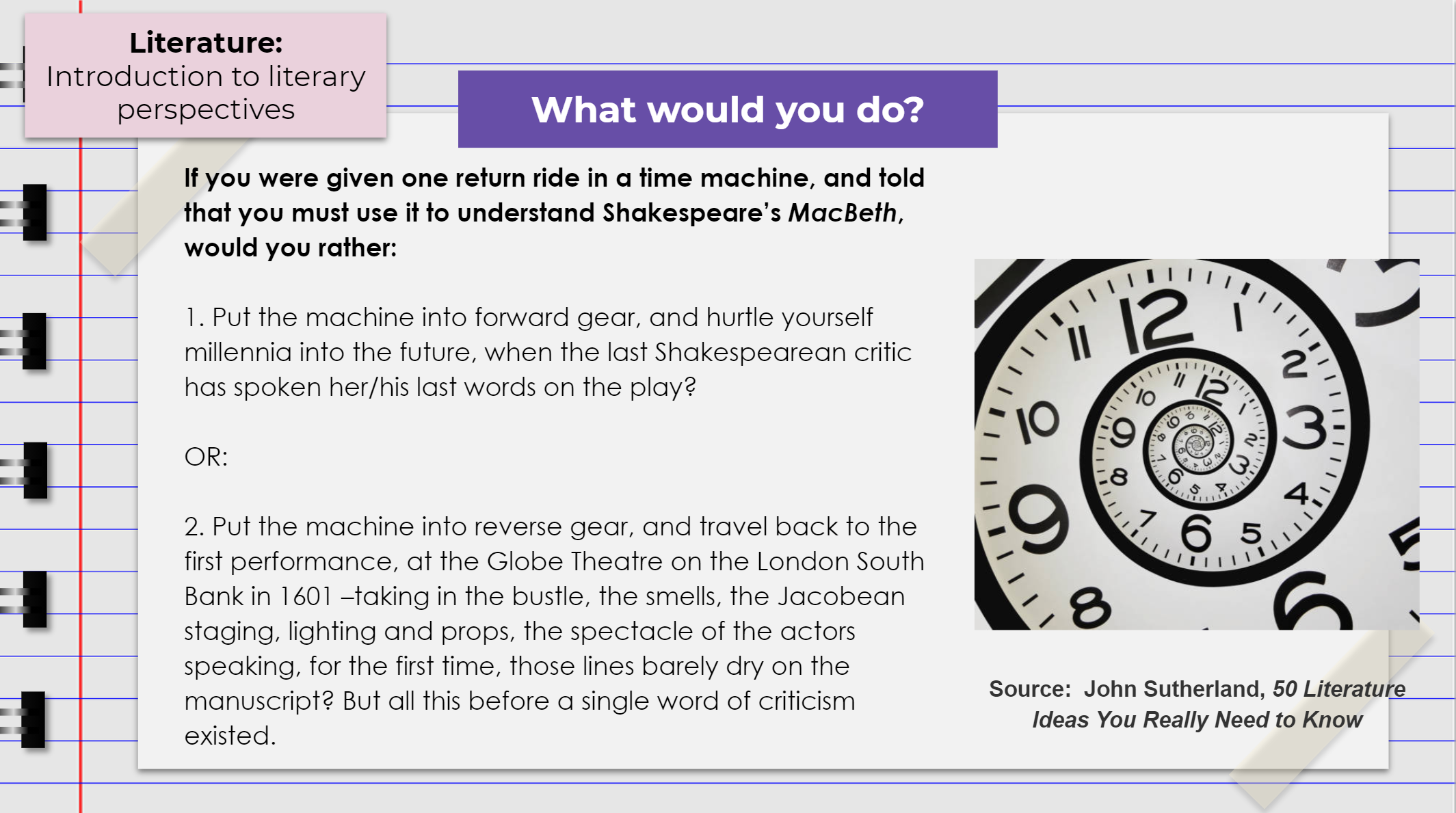
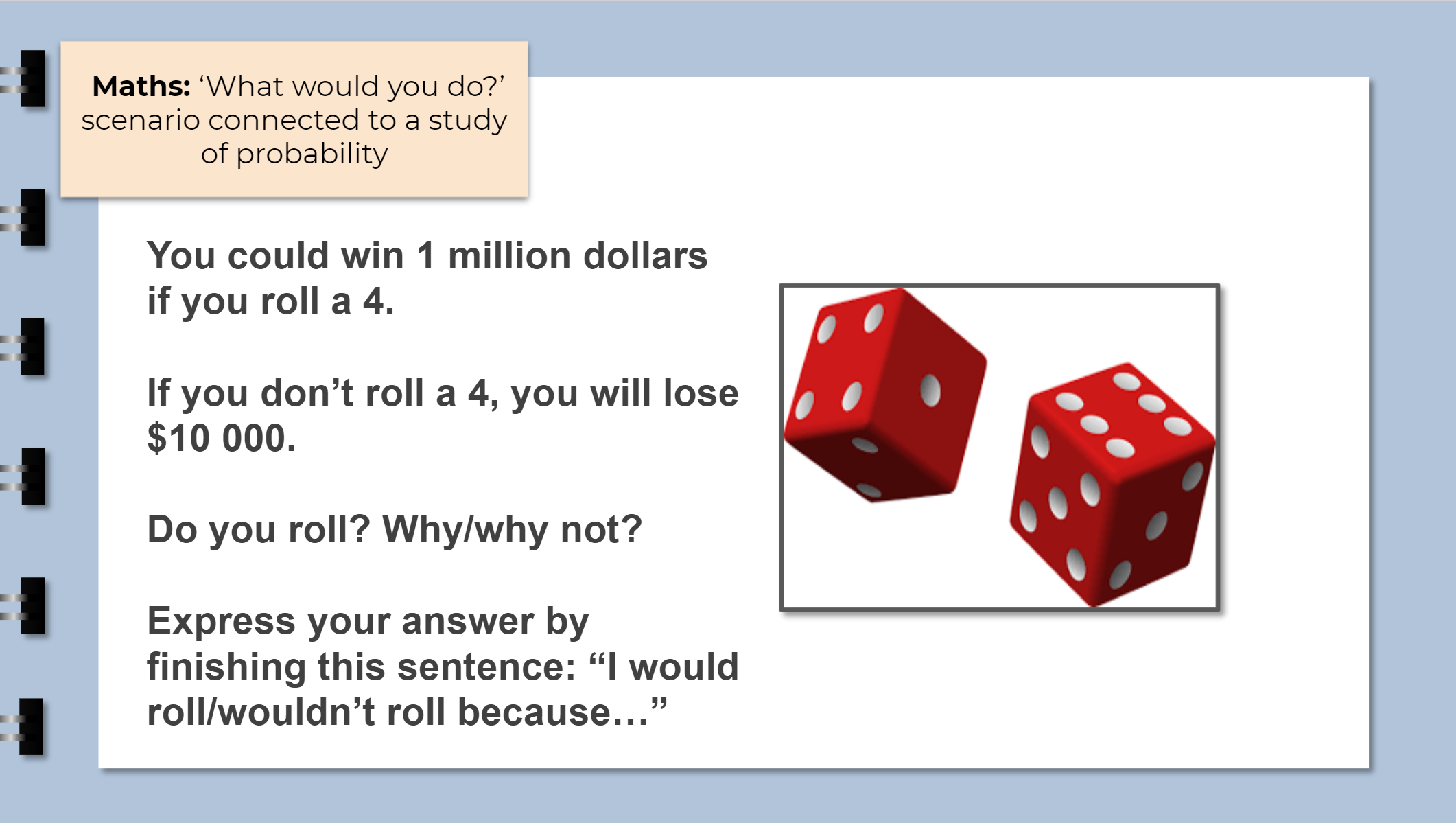
Throughout a lesson:
4. As ‘jumping off’ points into collaborative learning or discussion
These Quickwrites are used to prepare students for discussion. They function as a physical representation of students’ thoughts that they can bring to the conversation, to be used as an ‘anchor point’ that initiates talk, keeps it focused and provides a starting point for developing ideas. See the examples below:
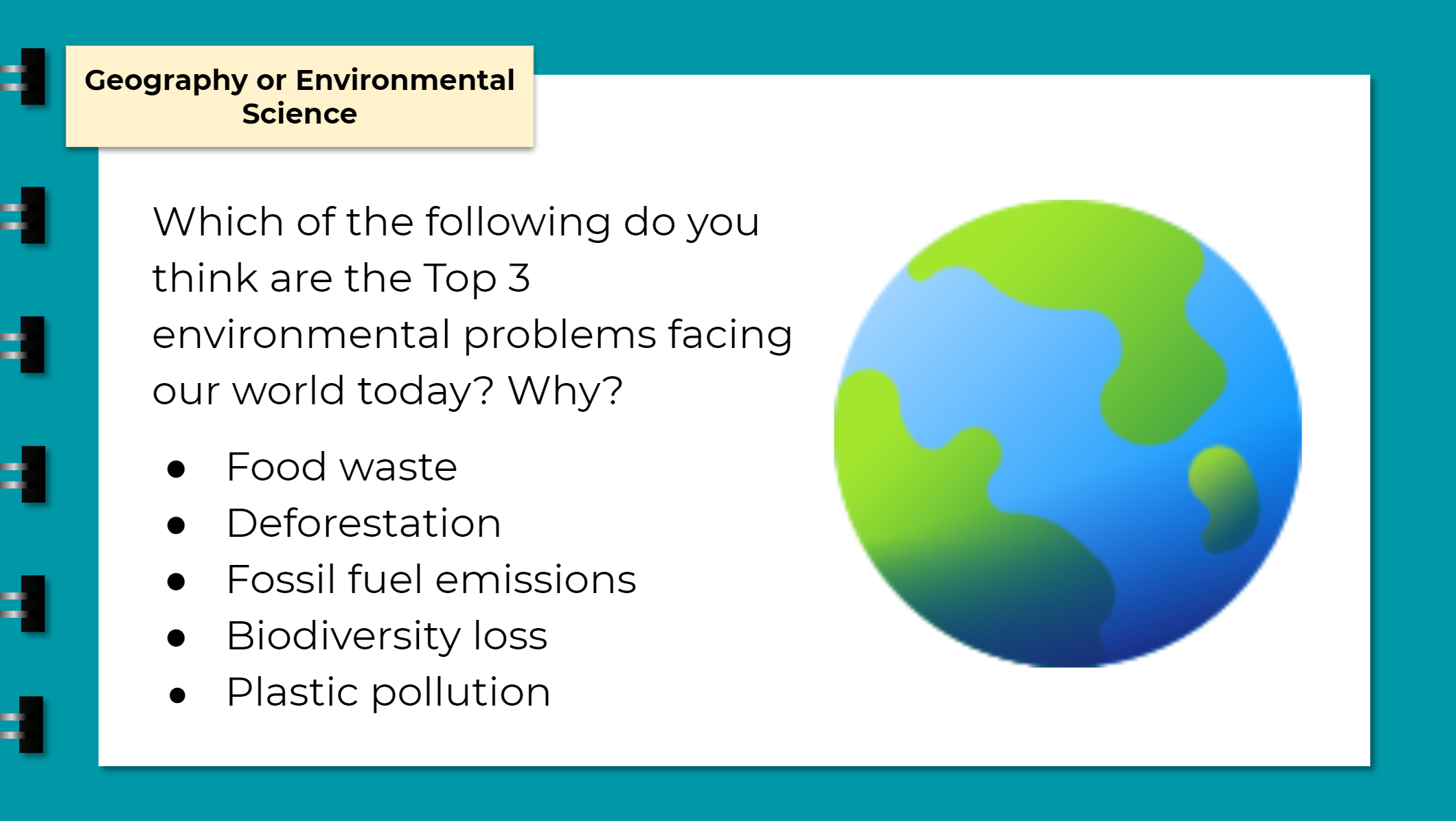
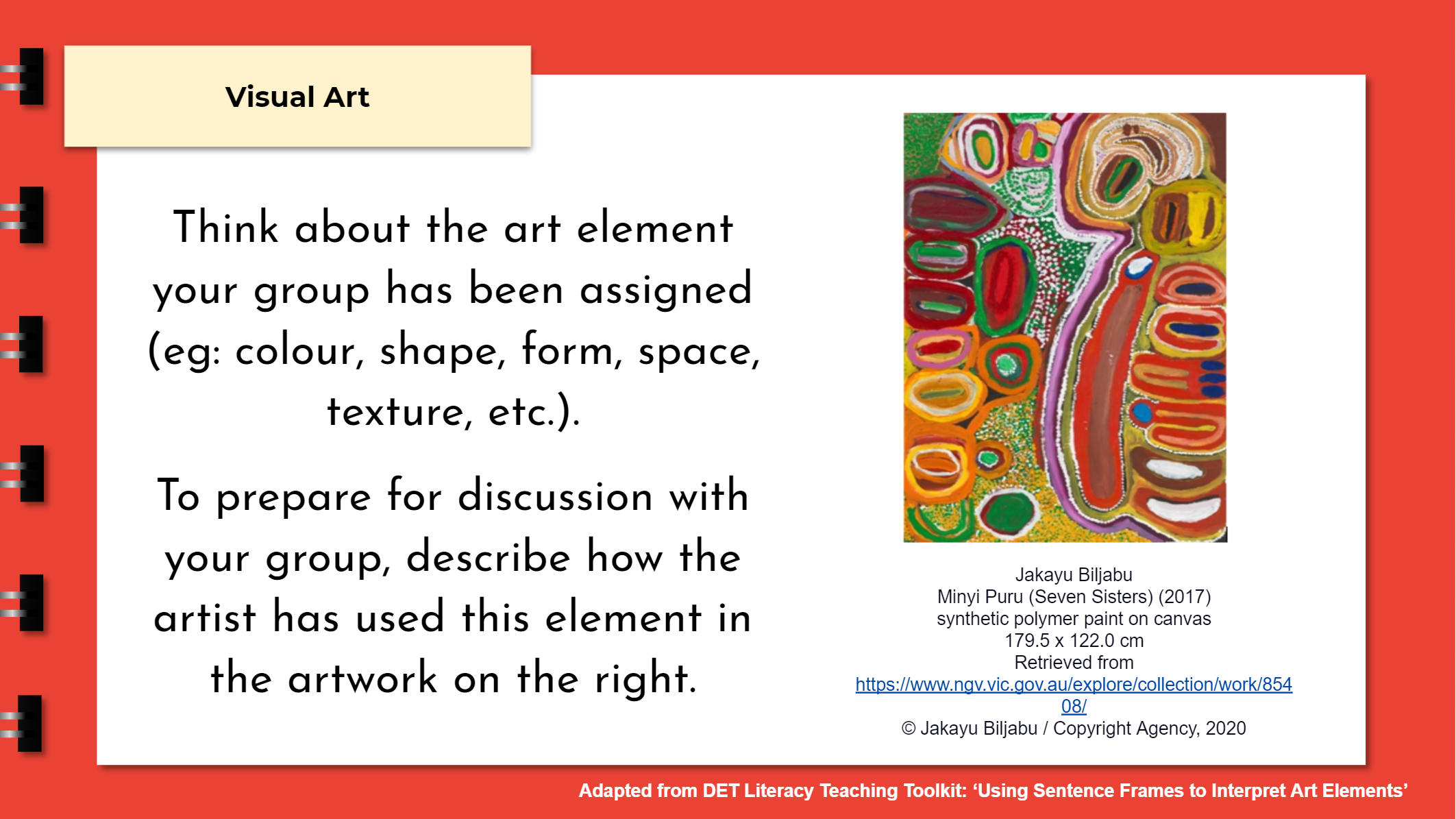
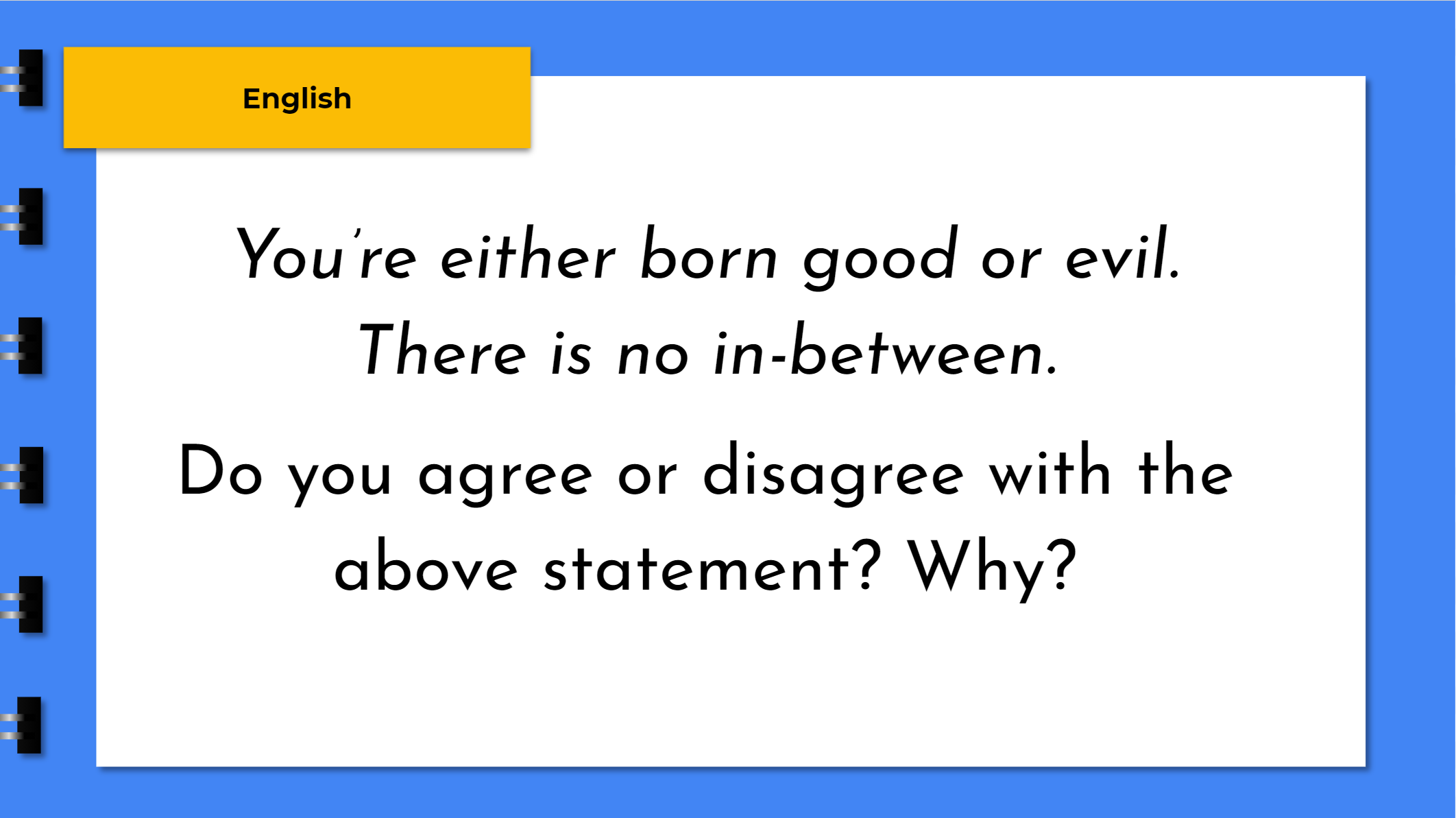
5. To personally connect with and interact with content
These types of Quickwrites encourage students to personally connect with content by way of asking questions, developing opinions and sharing their thinking and responses to what they are learning. The goal is to encourage students to build a ‘dialogic’ relationship between the content they are learning about and their own thinking, think critically, enhance understanding and develop a sense of why the learning is important or relevant. Students might be asked to:
Respond to provocations or quotations
Generate questions about content
Express agreement or disagreement with specific statements related to what they are learning
To further substantiate or refute a perspective or claim
To think about content from a range of perspectives
To think of similar or contrasting examples in relation to what they are learning about
To think of ‘real life’ examples or connections
See some examples below:

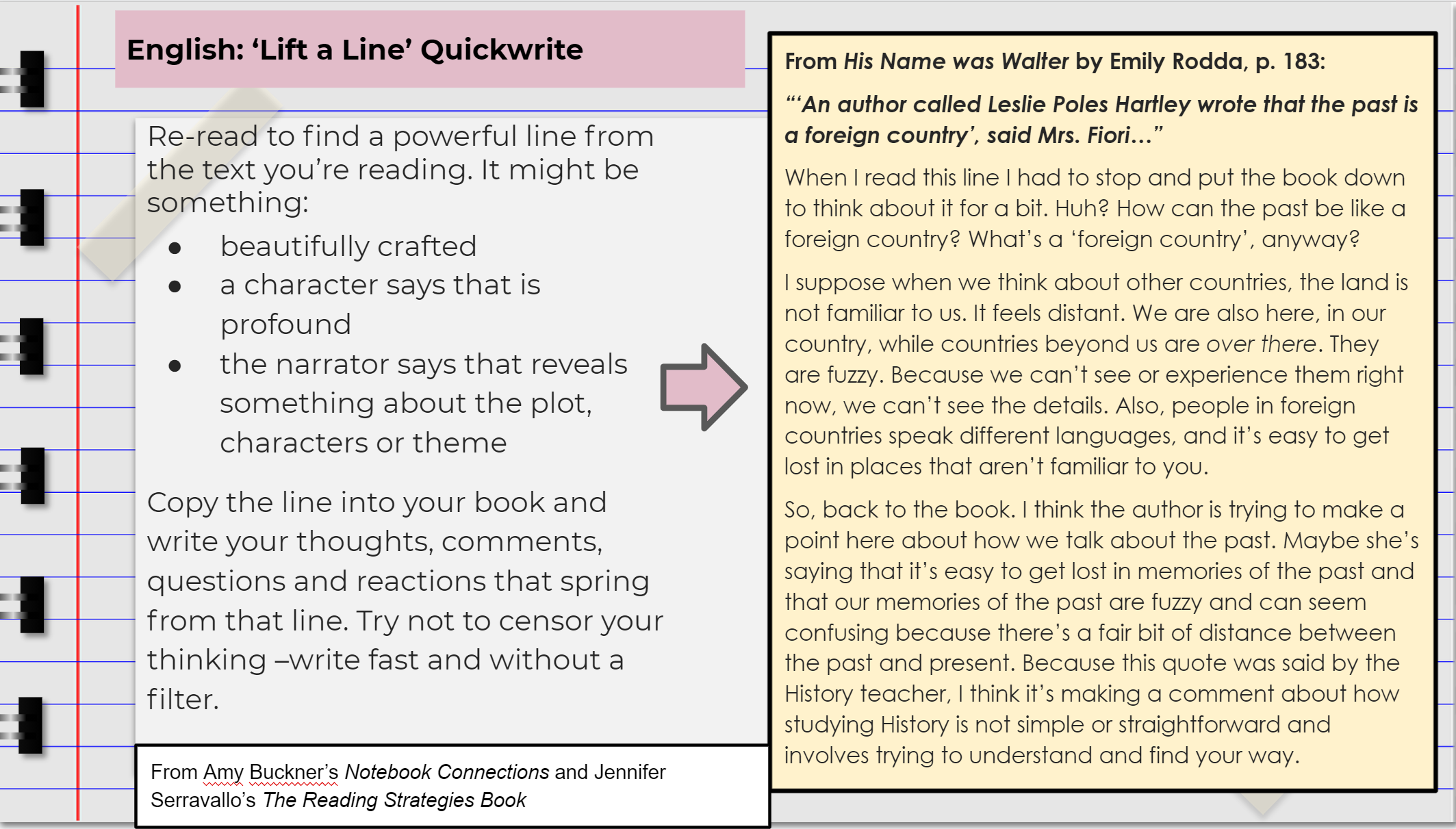
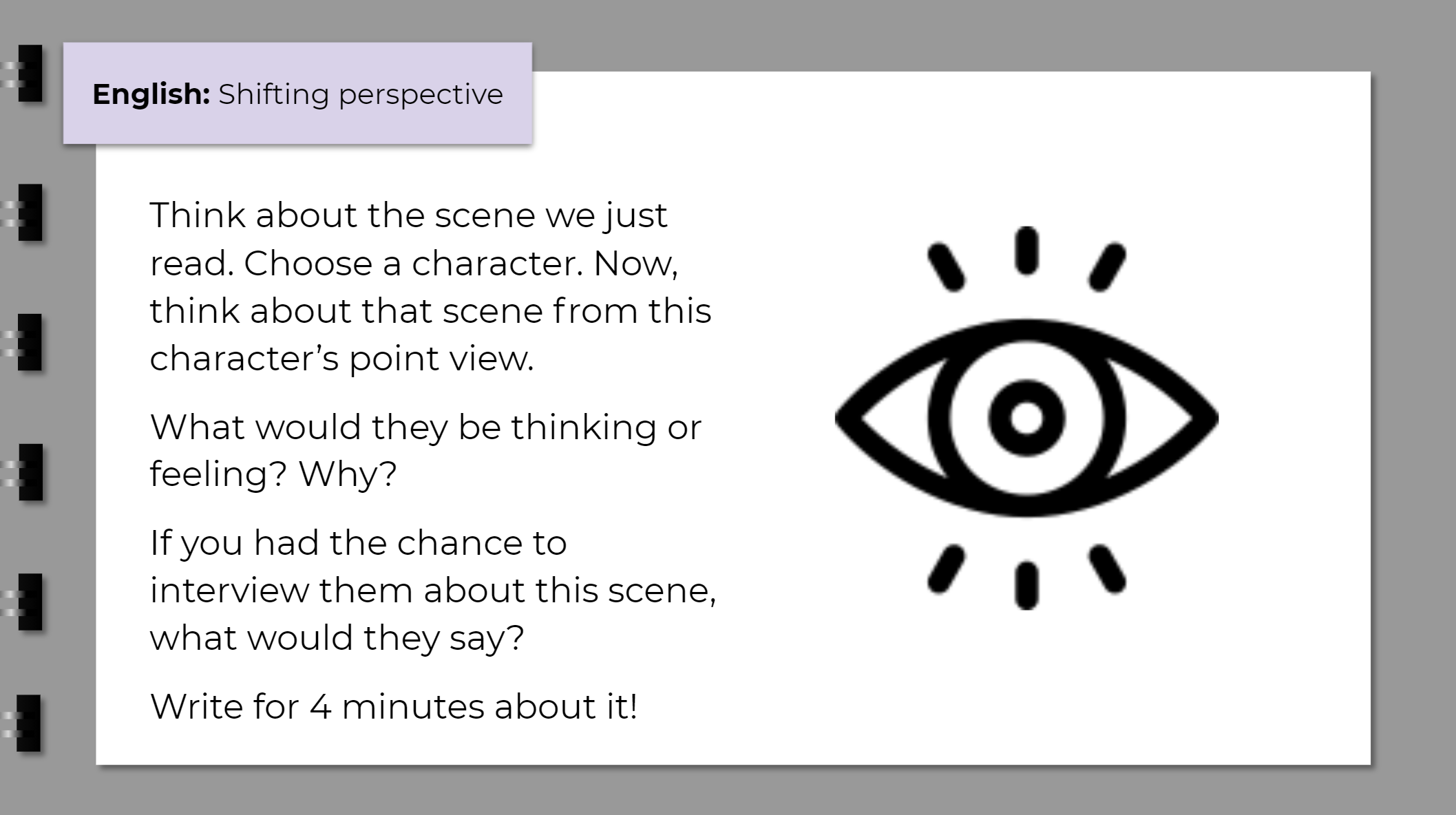
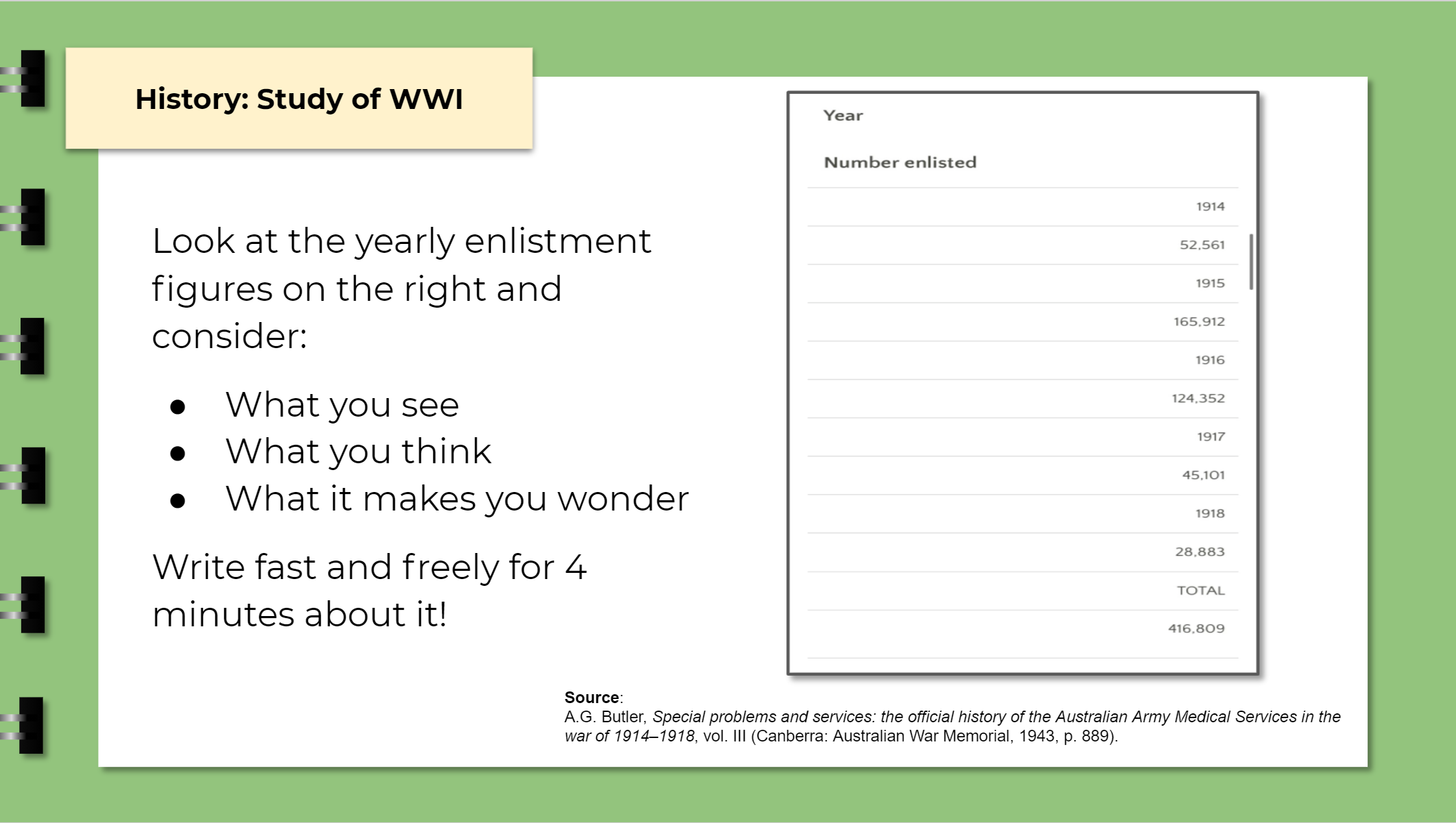
6. As writing breaks to summarise and revise content
These Quickwrites are built into the fabric of a lesson, providing strategic ‘stopping points’ for students to summarise and revise content as they engage with it. They provide learners with the time and space to make sense of what they are learning as they are learning it. Ultimately, the goal is to help students retain and revise important points about what they’re learning.
Students might be asked to summarise and revise important points in relation to:
Reading material
Videos they’ve viewed
Collaborative discussions they’ve participated in
Modelling or demonstrations
Presentations of content
See the examples below:
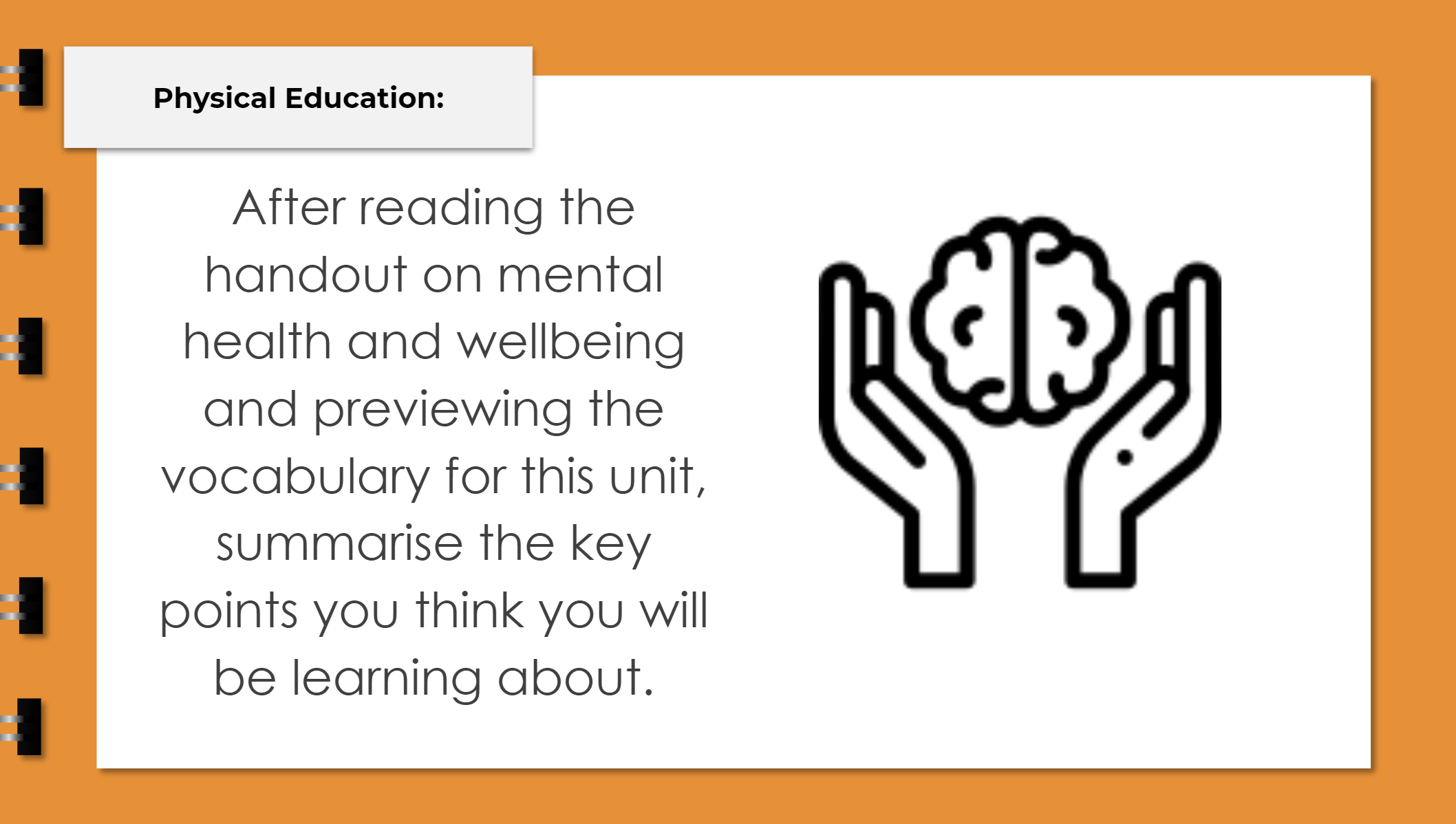
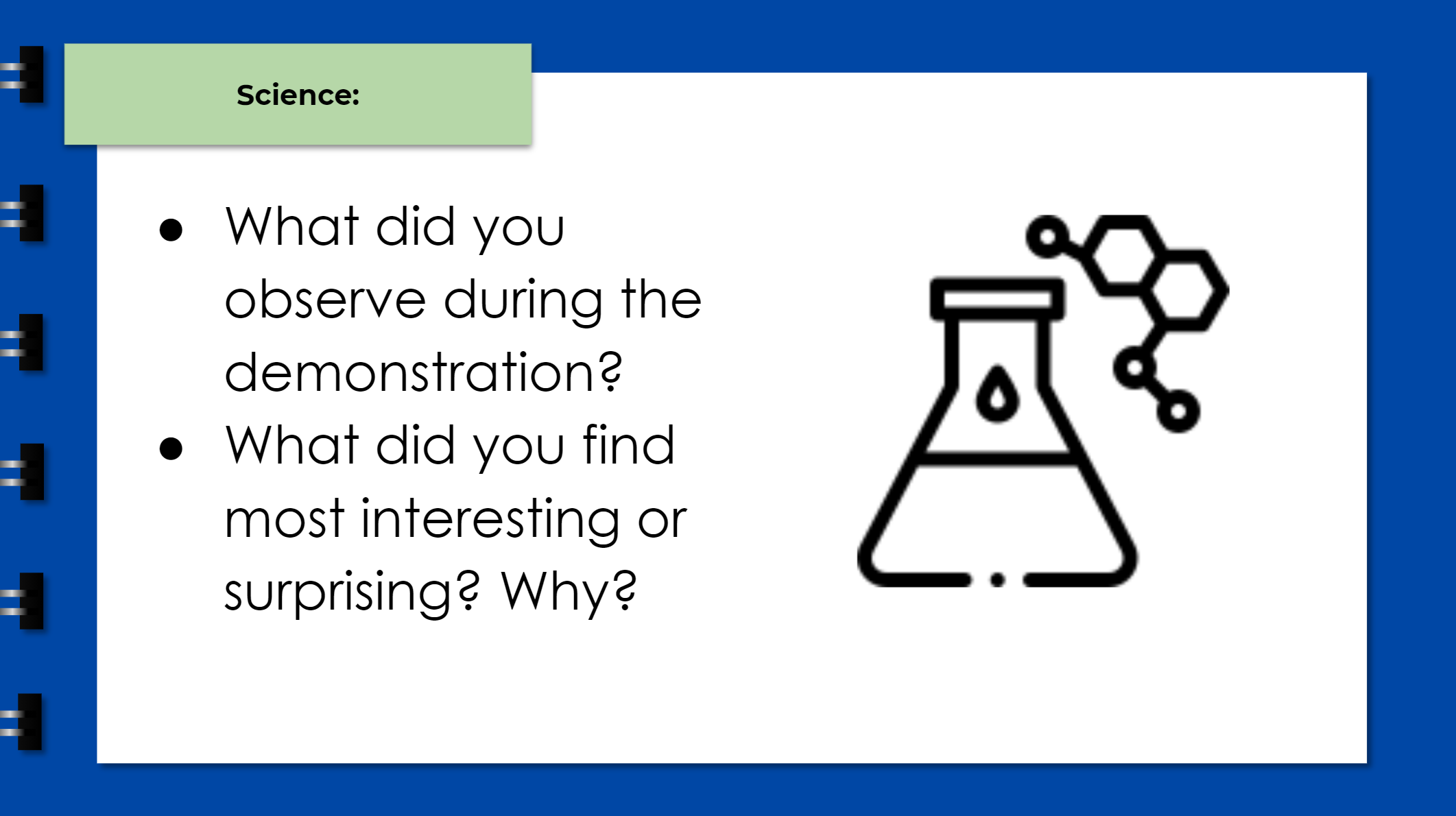
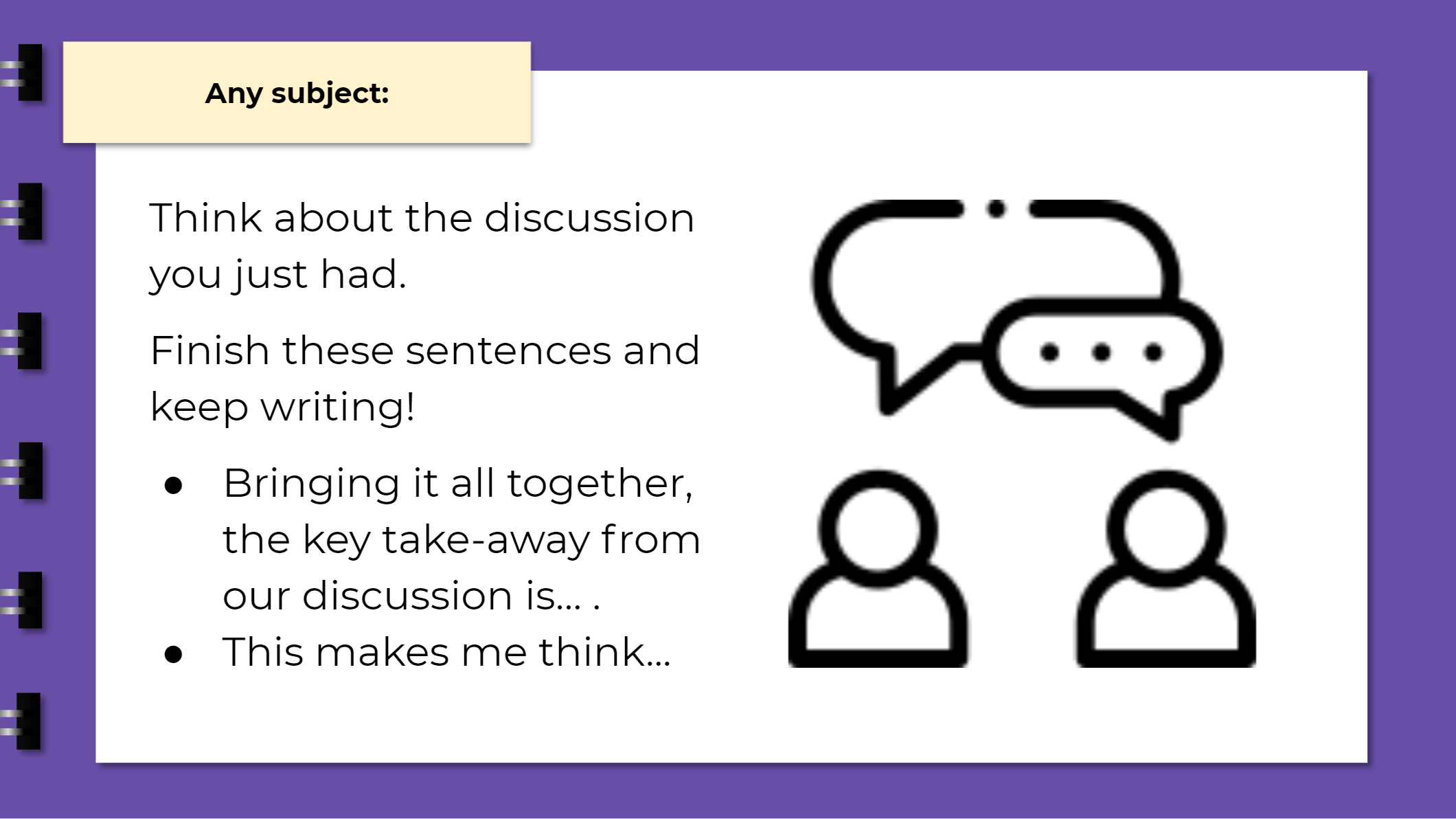
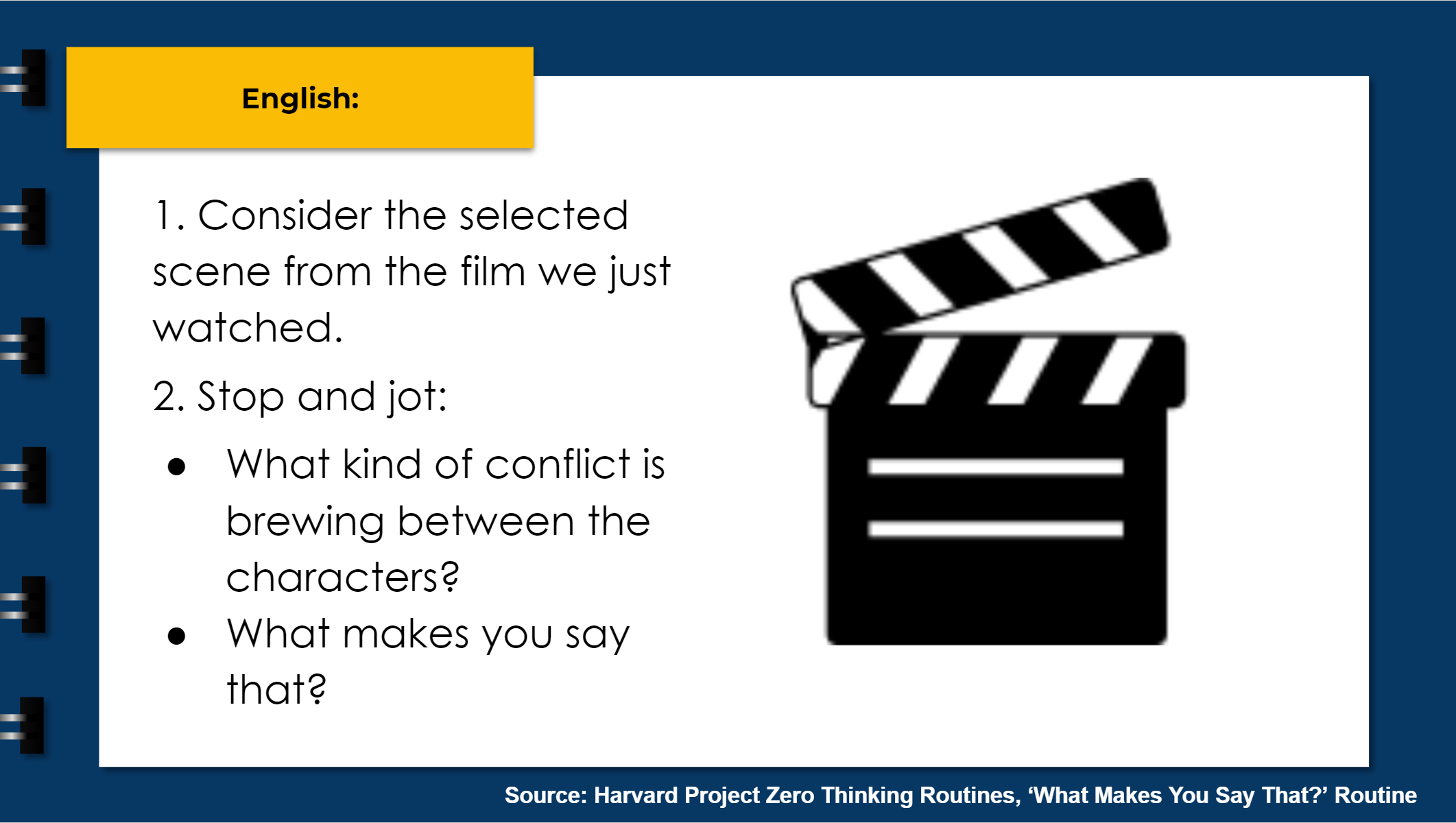
7. To brainstorm or rehearse ideas as part of the prewriting process
No one likes to go into the writing process ‘cold’ with little to no preparation. That’s why these kinds of Quickwrites come in handy: they provide students with opportunities to explore their ideas about a topic in a low-stakes manner before they begin to plan and draft. There is also potential for students to adopt more willingness to experiment and take risks as writers, as they are given time and space to rehearse their thinking. The idea is to write fast and freely first to loosen the flow of ideas, before selecting what can be developed into a larger piece.
See some examples below:
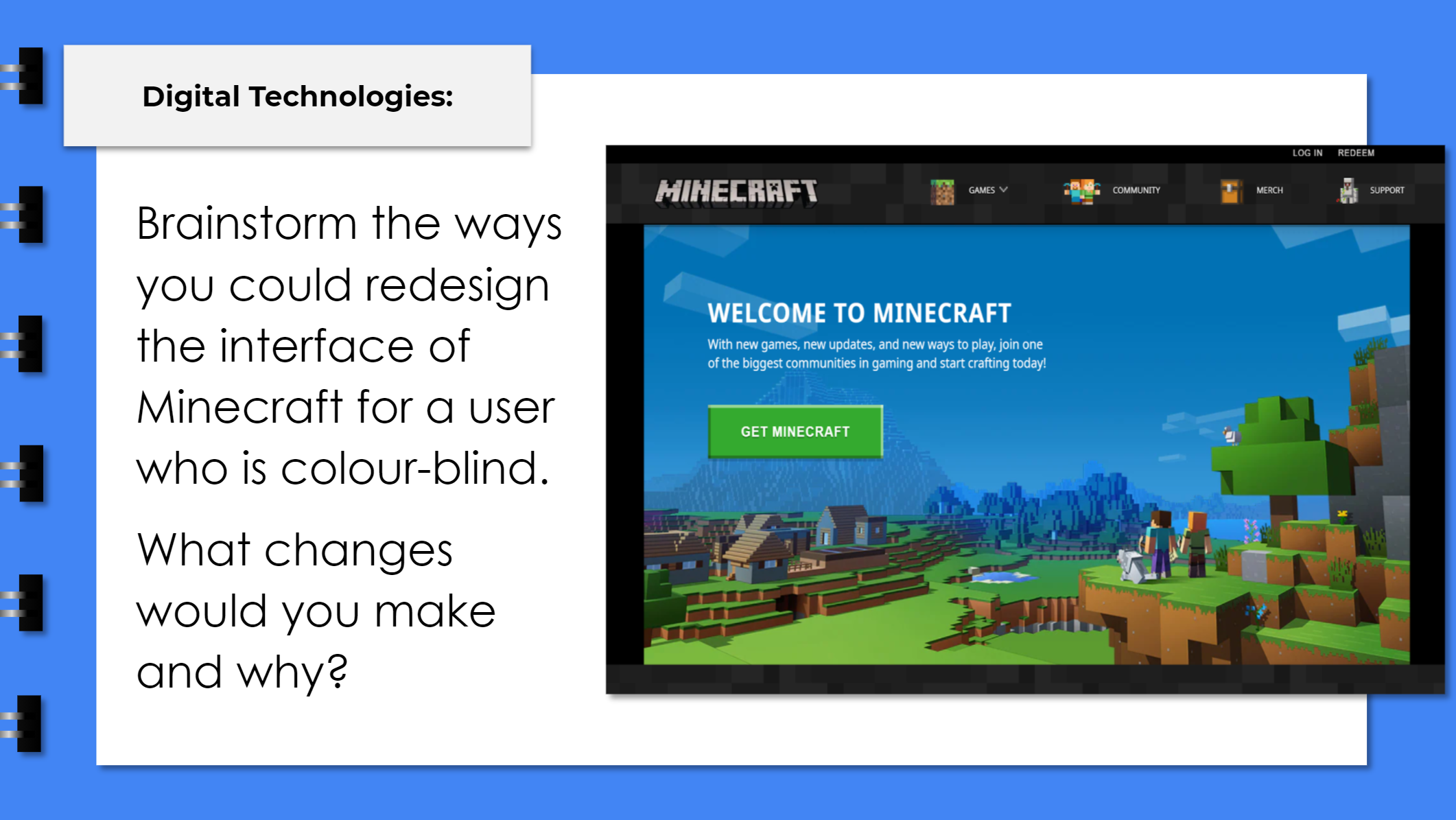
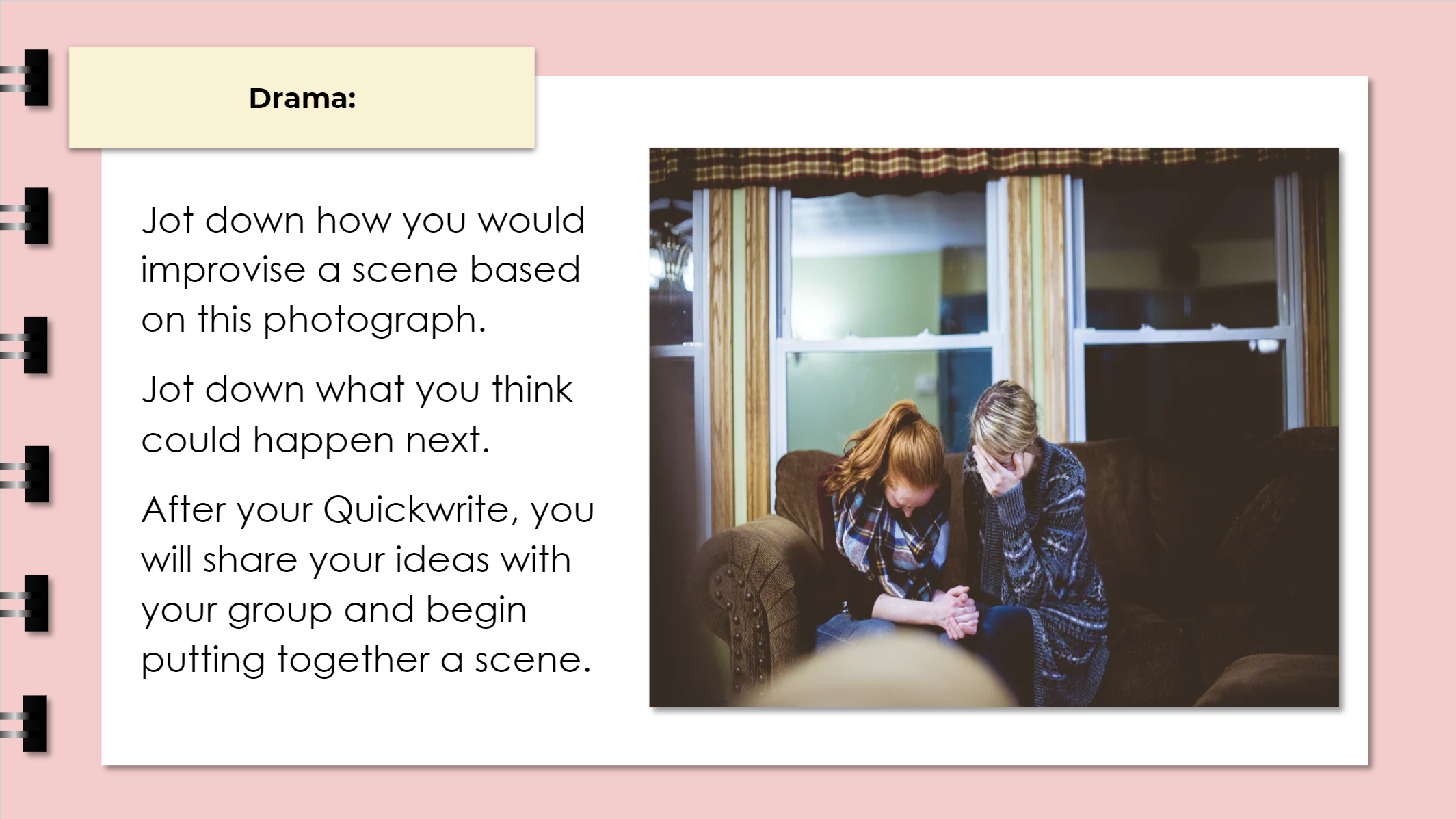
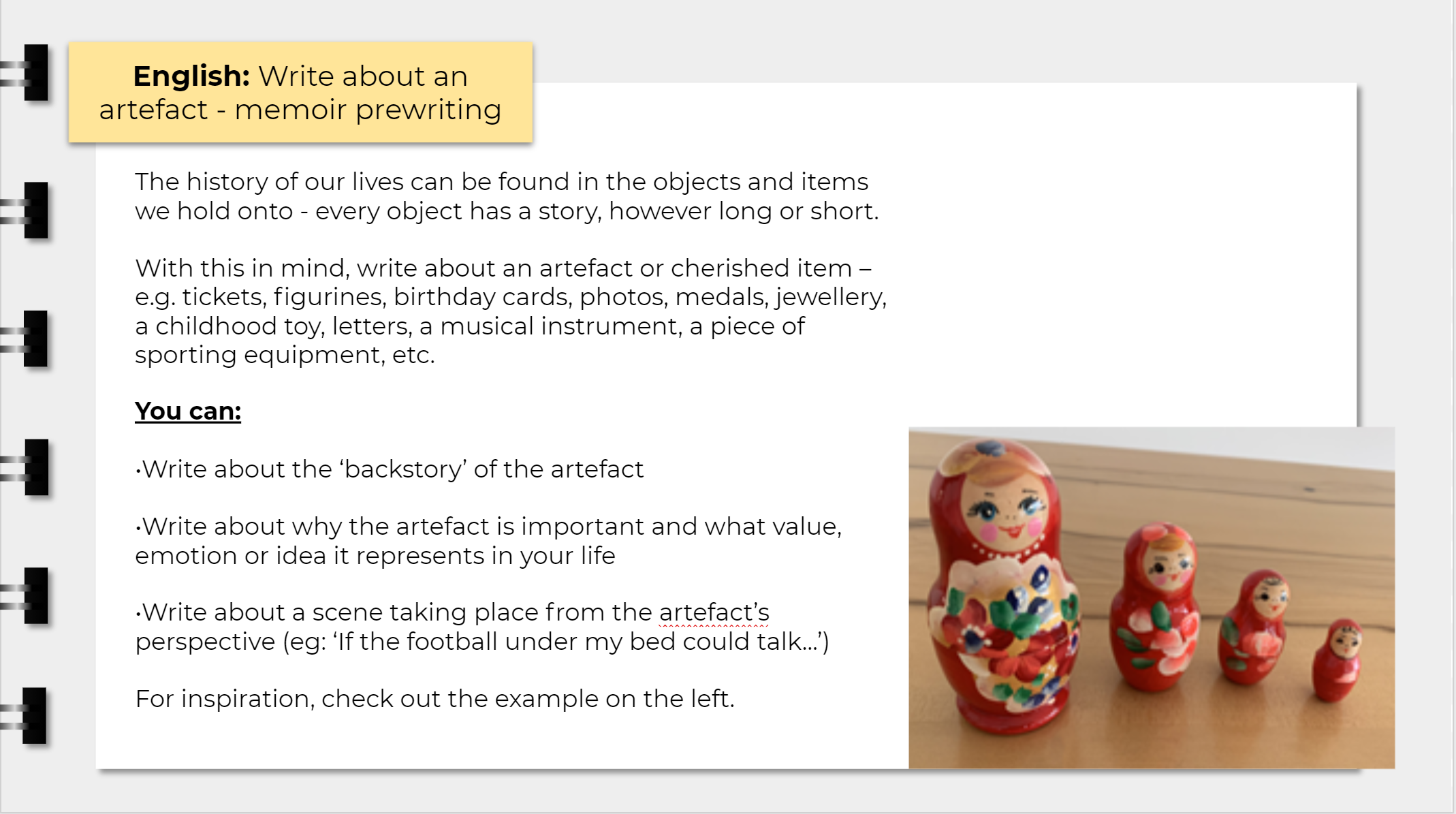
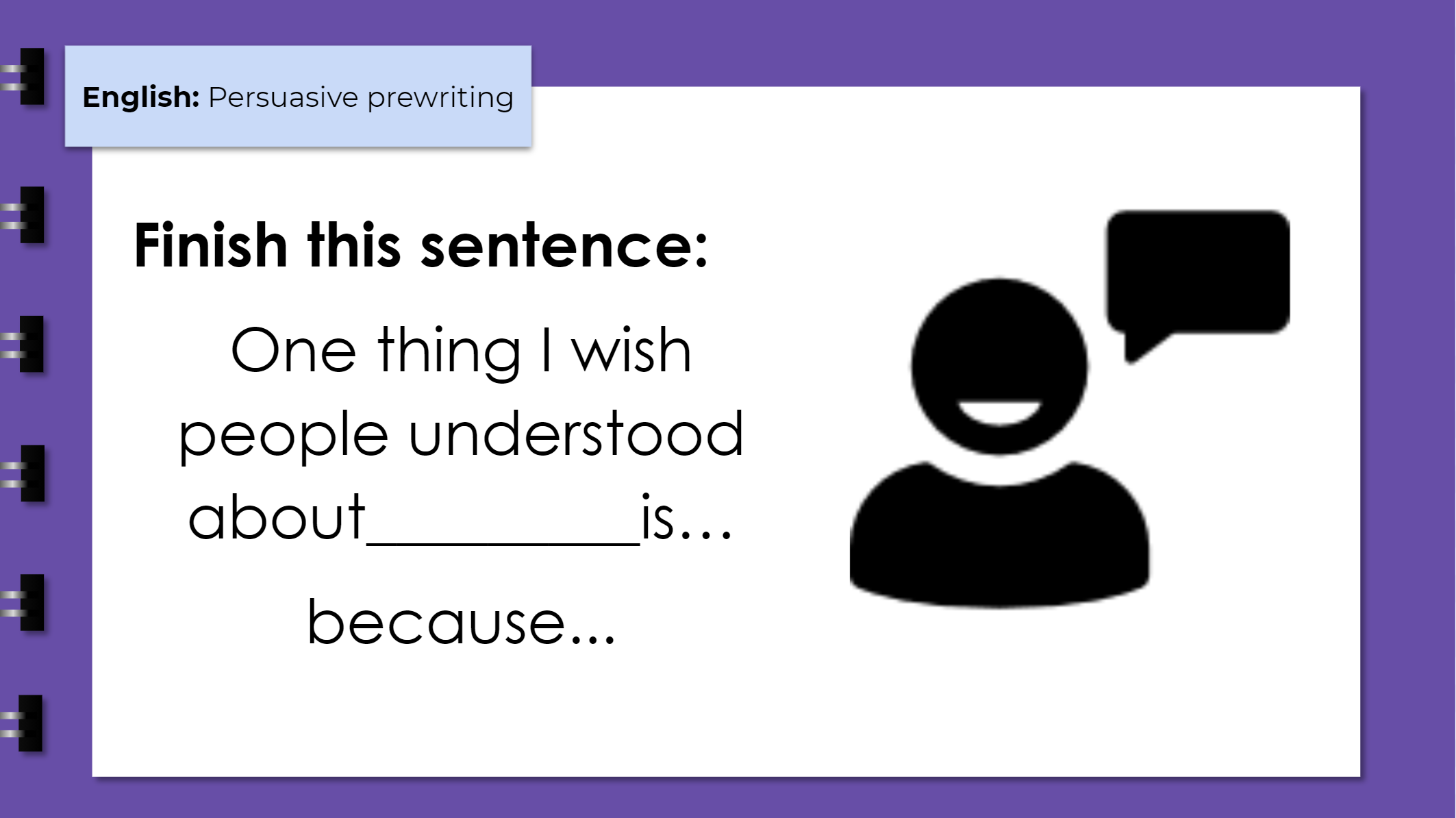
8. To make observations, predictions and inferences
This type of Quickwrite is about recording observations and prompting inferential thinking and hypothesis-generation in relation to content. Students might be asked to:
Make inferences about reading material (including case studies)
Record key observations of a demonstration or experiment
Make predictions about reading or about what they will learn
Generate hypotheses in relation to an upcoming experiment or attempt at problem-solving
Check out some examples below:
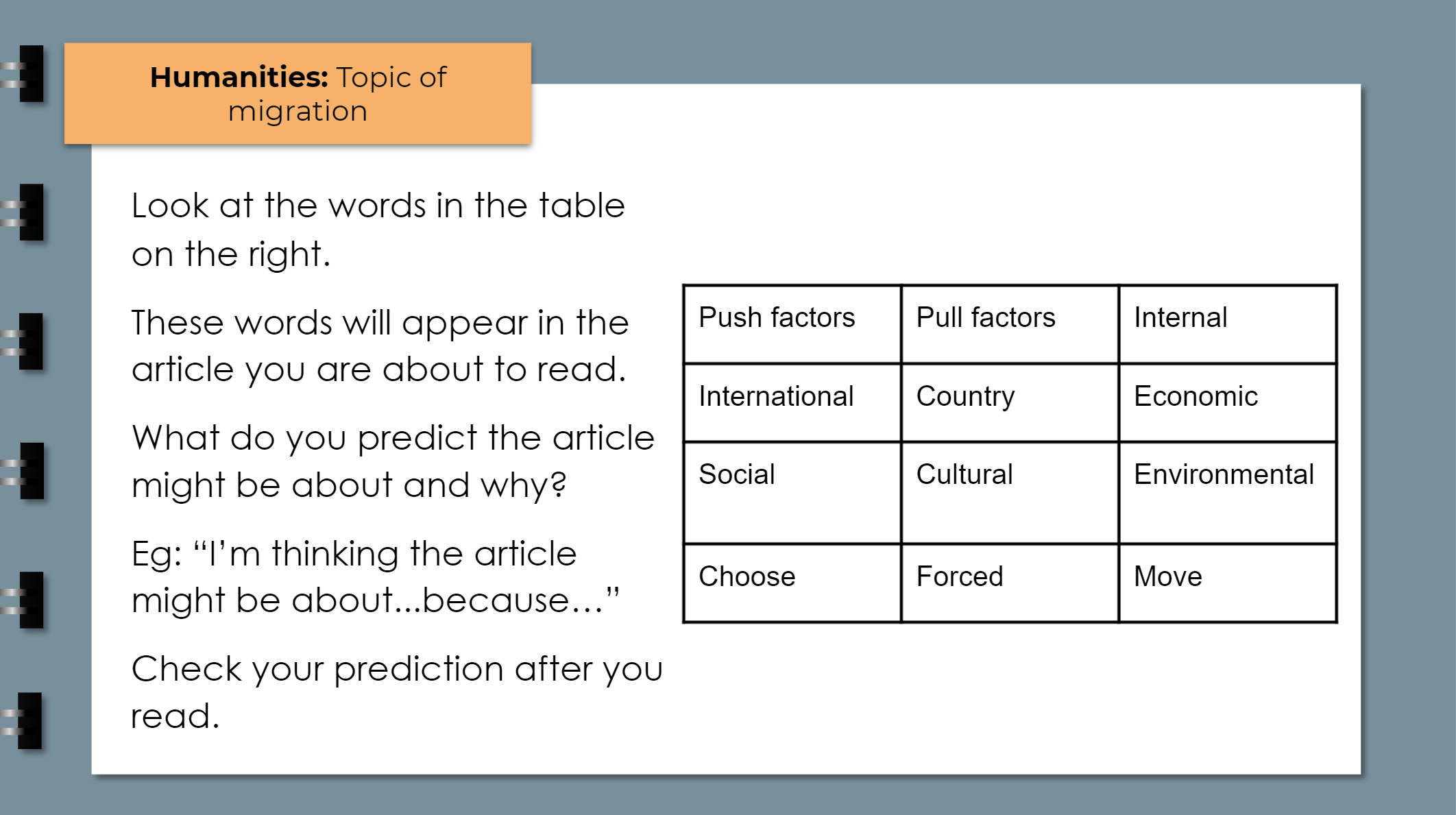
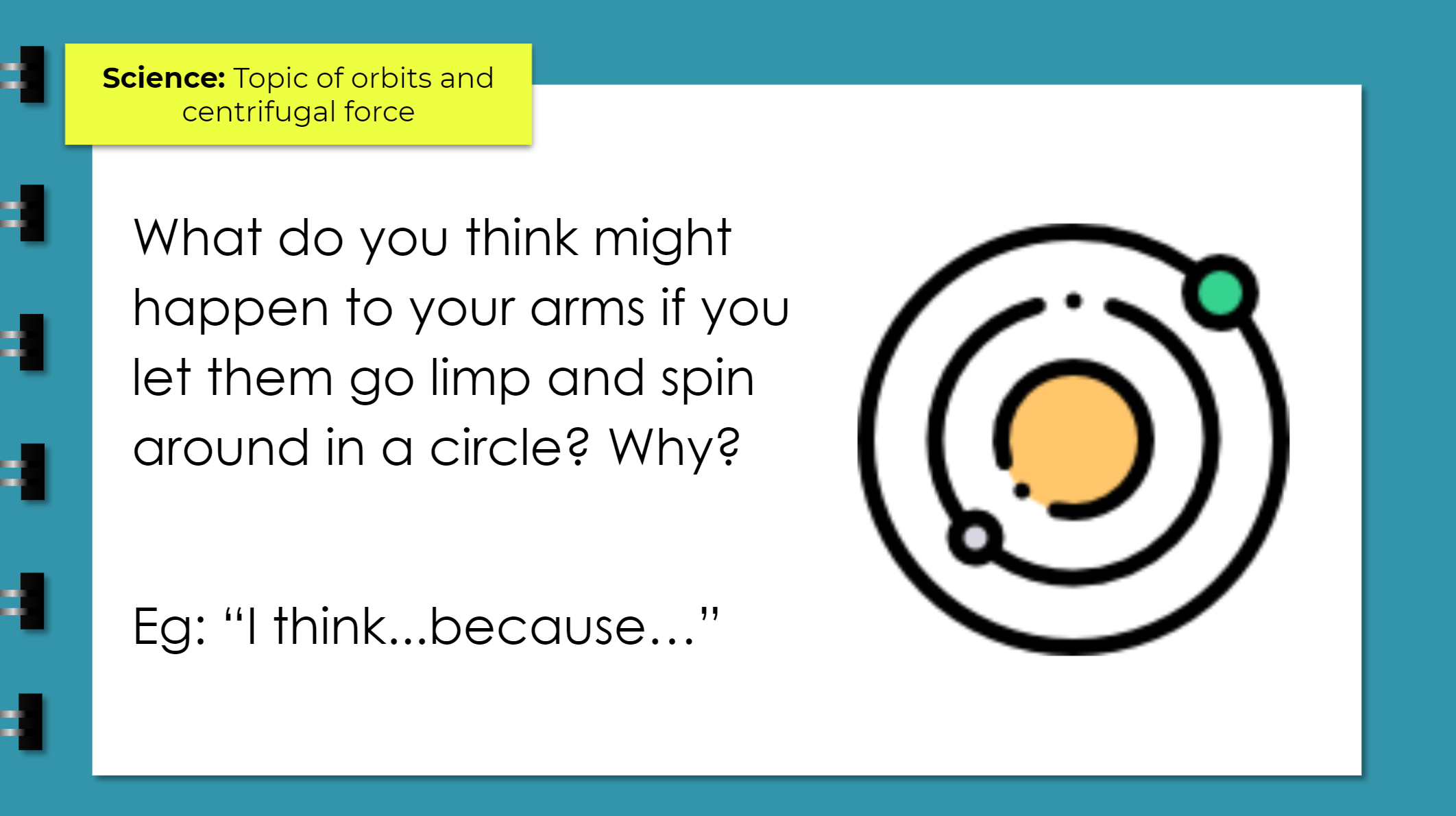
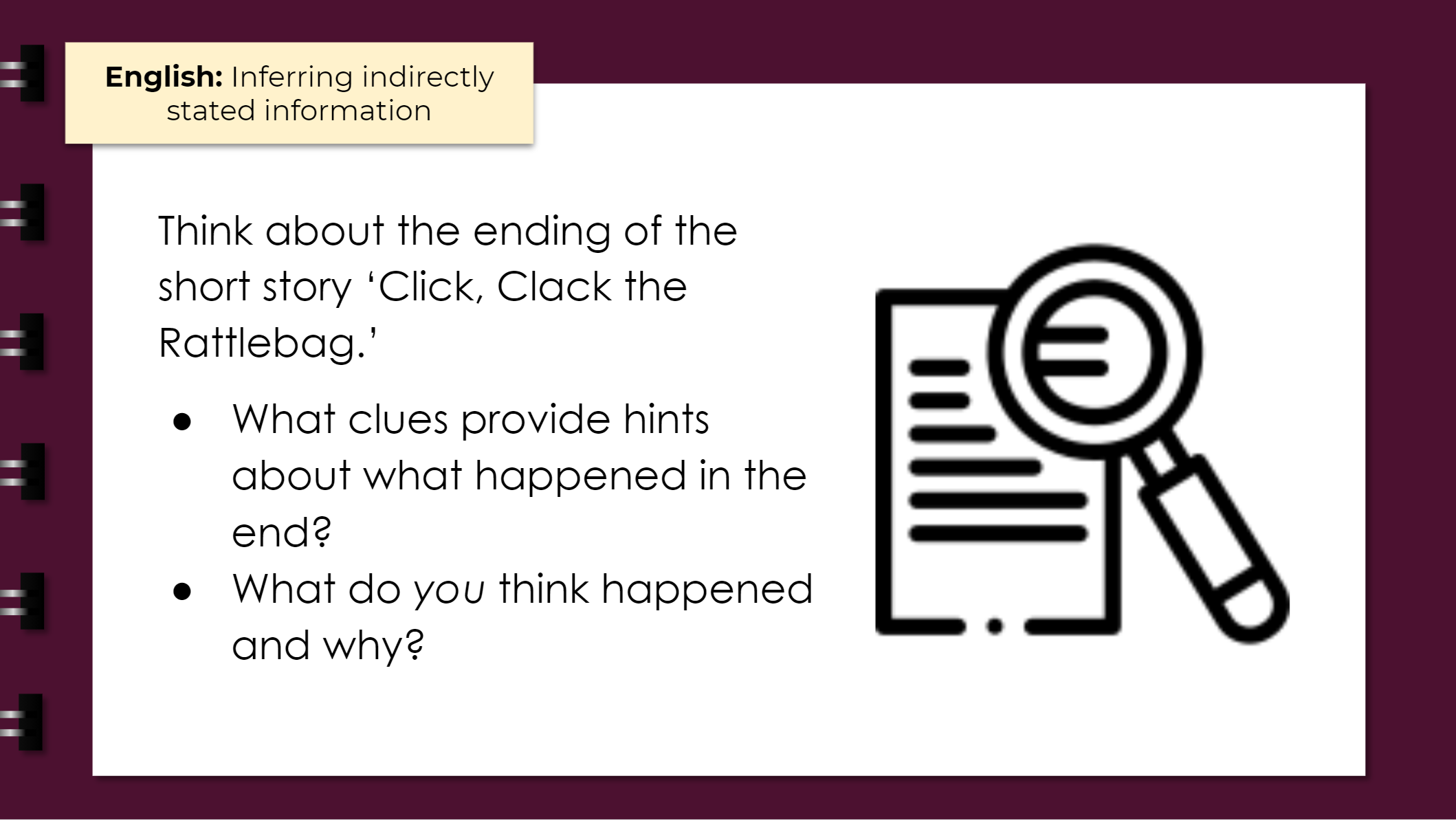
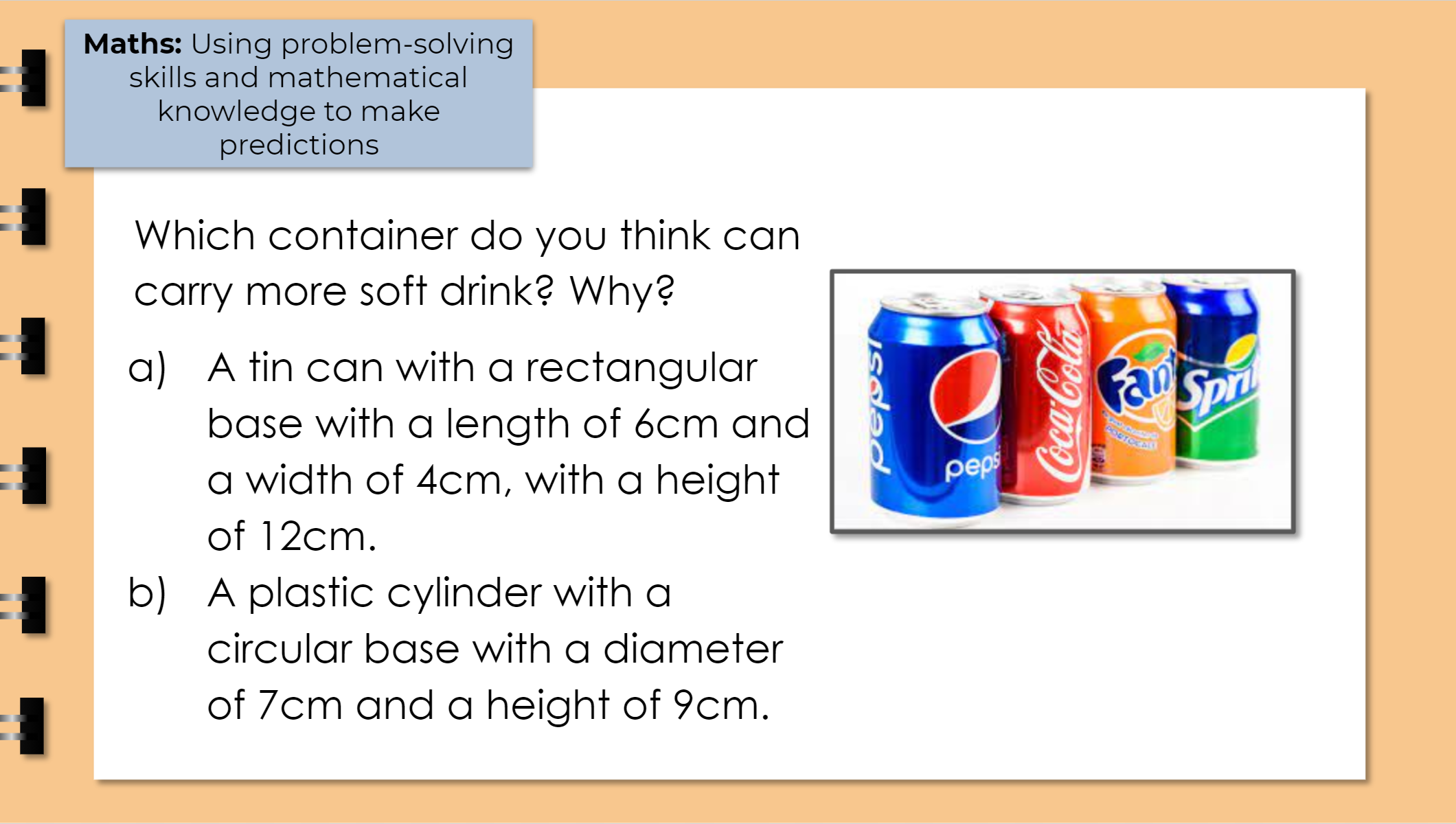
9. To formulate questions as part of a culture of inquiry
As the heading suggests, these Quickwrites invite learners to record and generate questions about what they’re learning,building curiosity and a sense of inquiry that drives deeper learning. See some examples below:
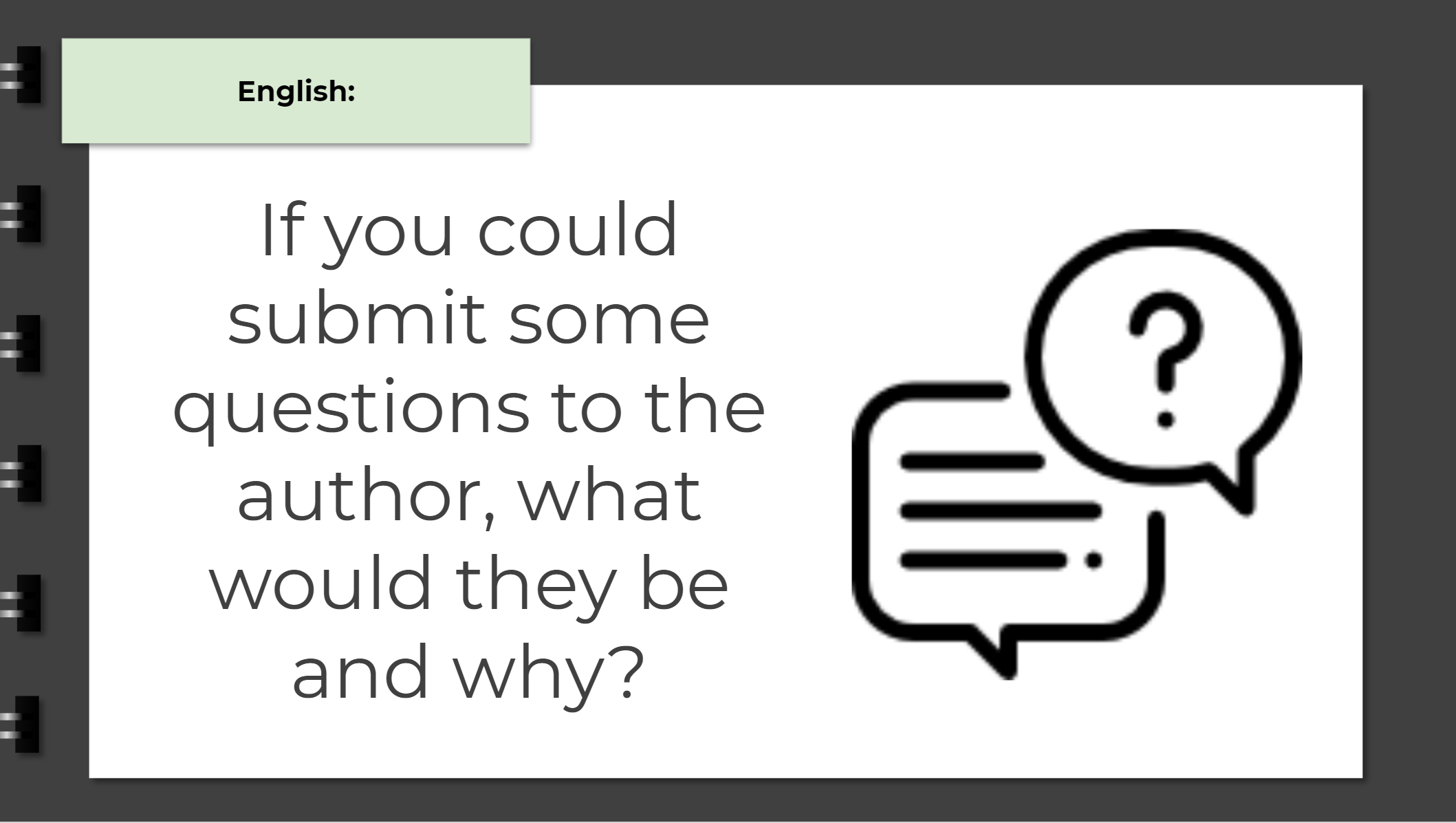
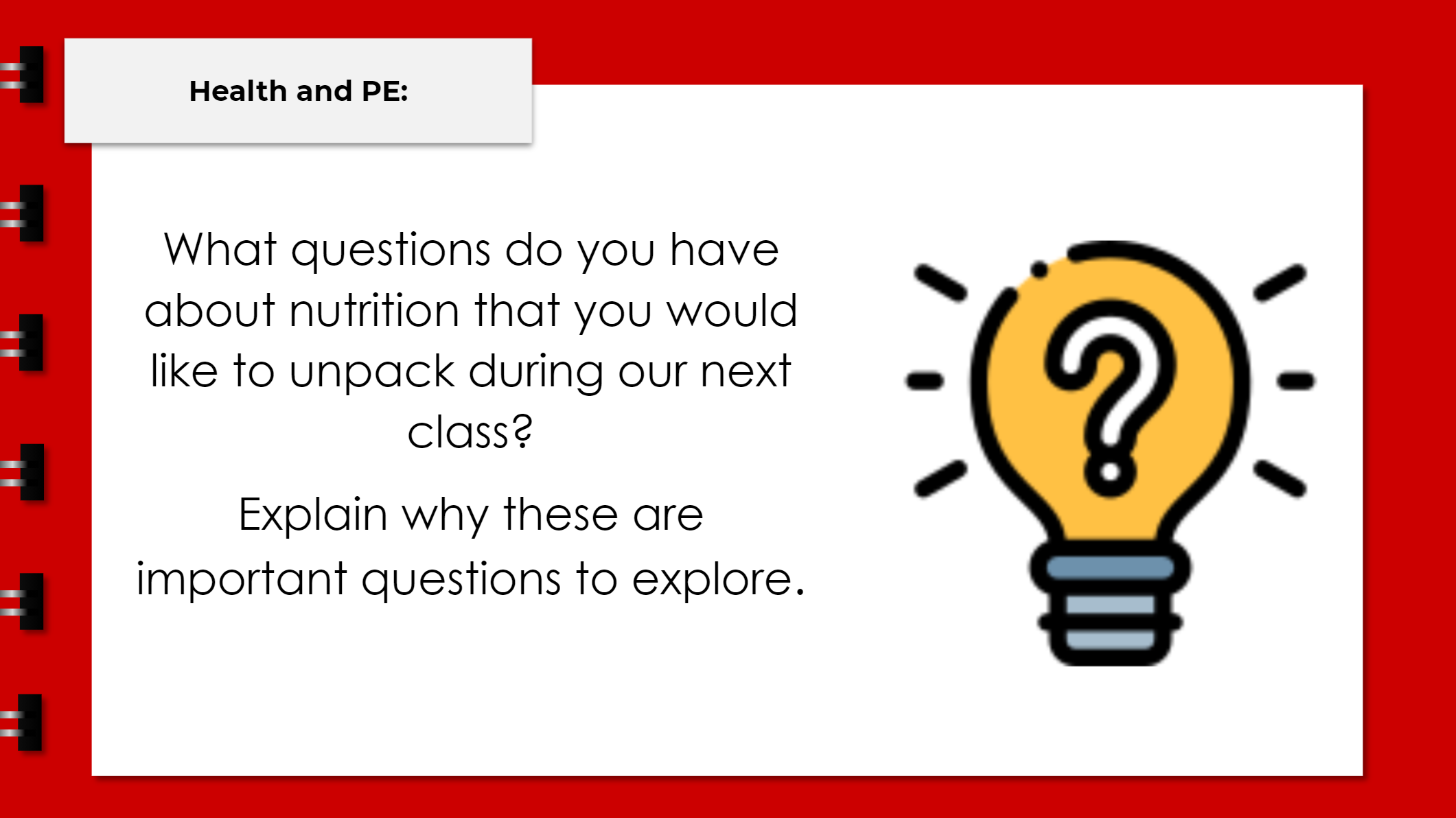
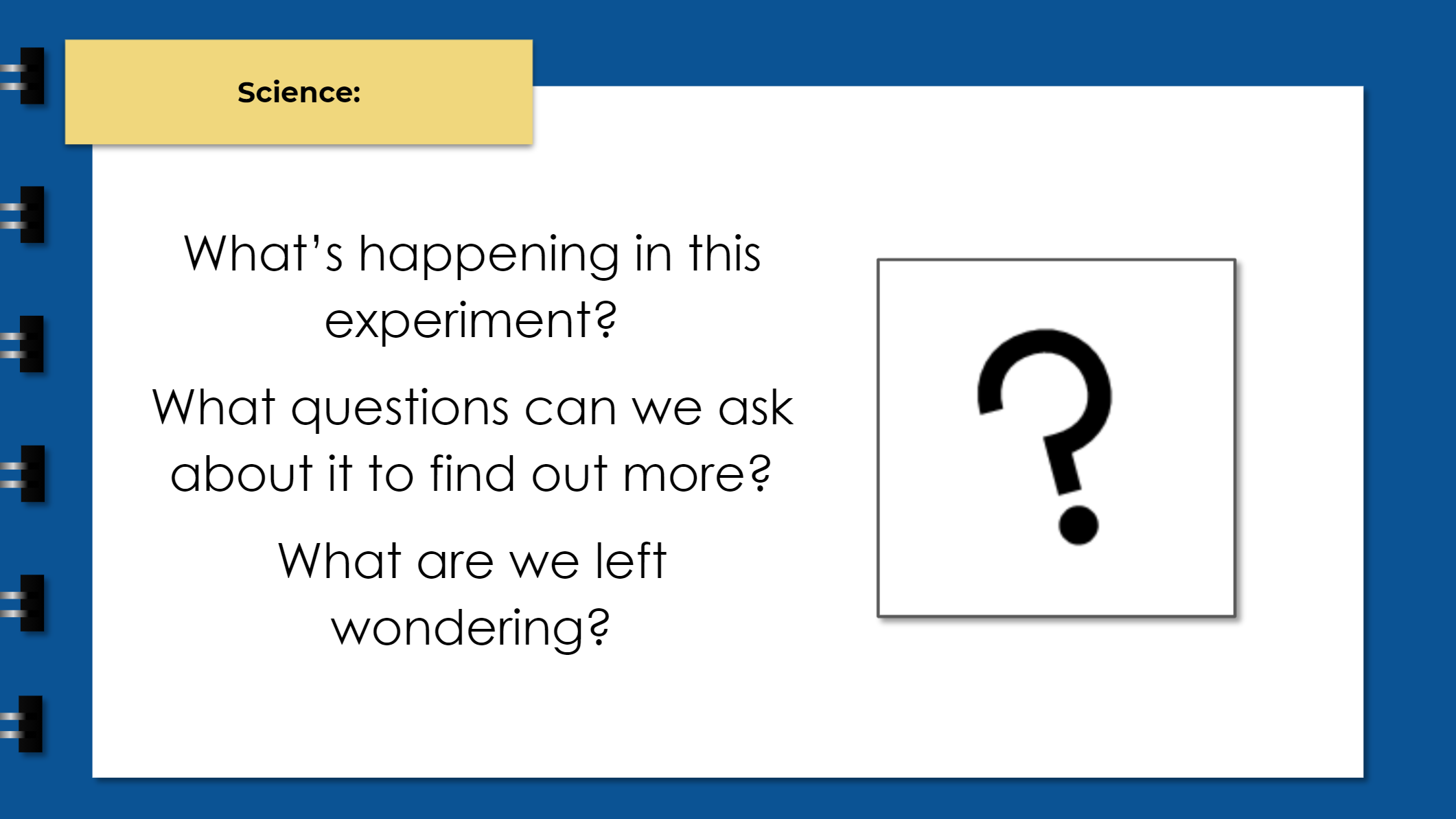
10. As high-interest, free choice writing options
These Quickwrites aim to stimulate students’ creativity and engagement by offering free choice writing options they can select and respond to. They can be used to regularly ‘strengthen students’ writing muscles’ in an engaging manner.
Our ‘Quickwrites of the Day’ could be used in this way, as well as John Spencer’s writing prompts, which you can find here (slideshow version) and here (video prompts that can be adapted as Quickwrites). See the slideshow below for our Quickwrites of the Day:
11. To revise and develop earlier Quickwrites into more polished pieces of writing
While not a type of Quickwrite per se, this is one way in which you can use them more effectively. Basically, students are invited to revisit and select a Quickwrite they completed at an earlier date, and to refine it into a more polished piece. They can be shown how to revise and refine a piece of writing first, before being asked to do so themselves.
See the images below for examples of possible revision techniques and protocols to guide the process:
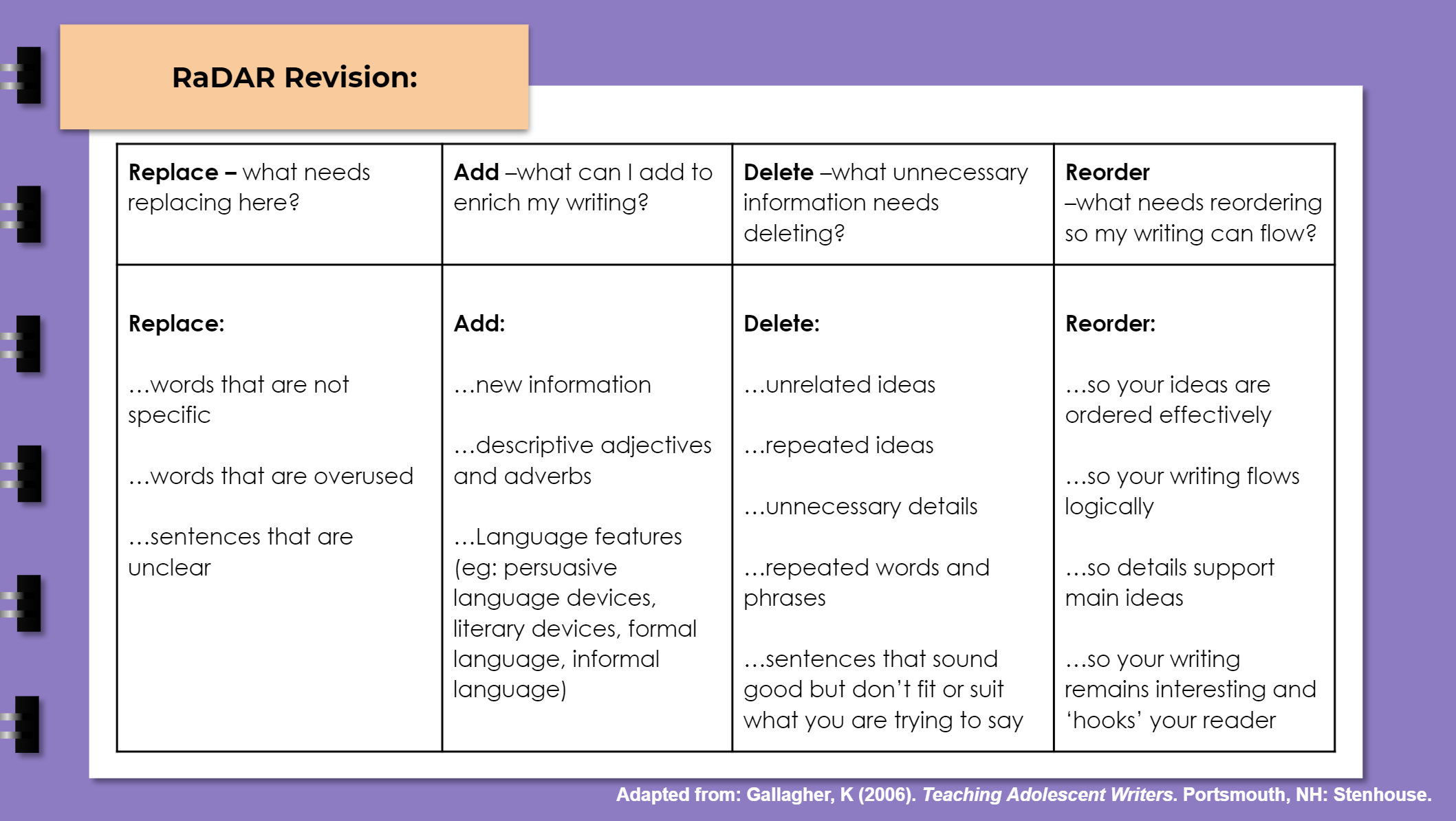
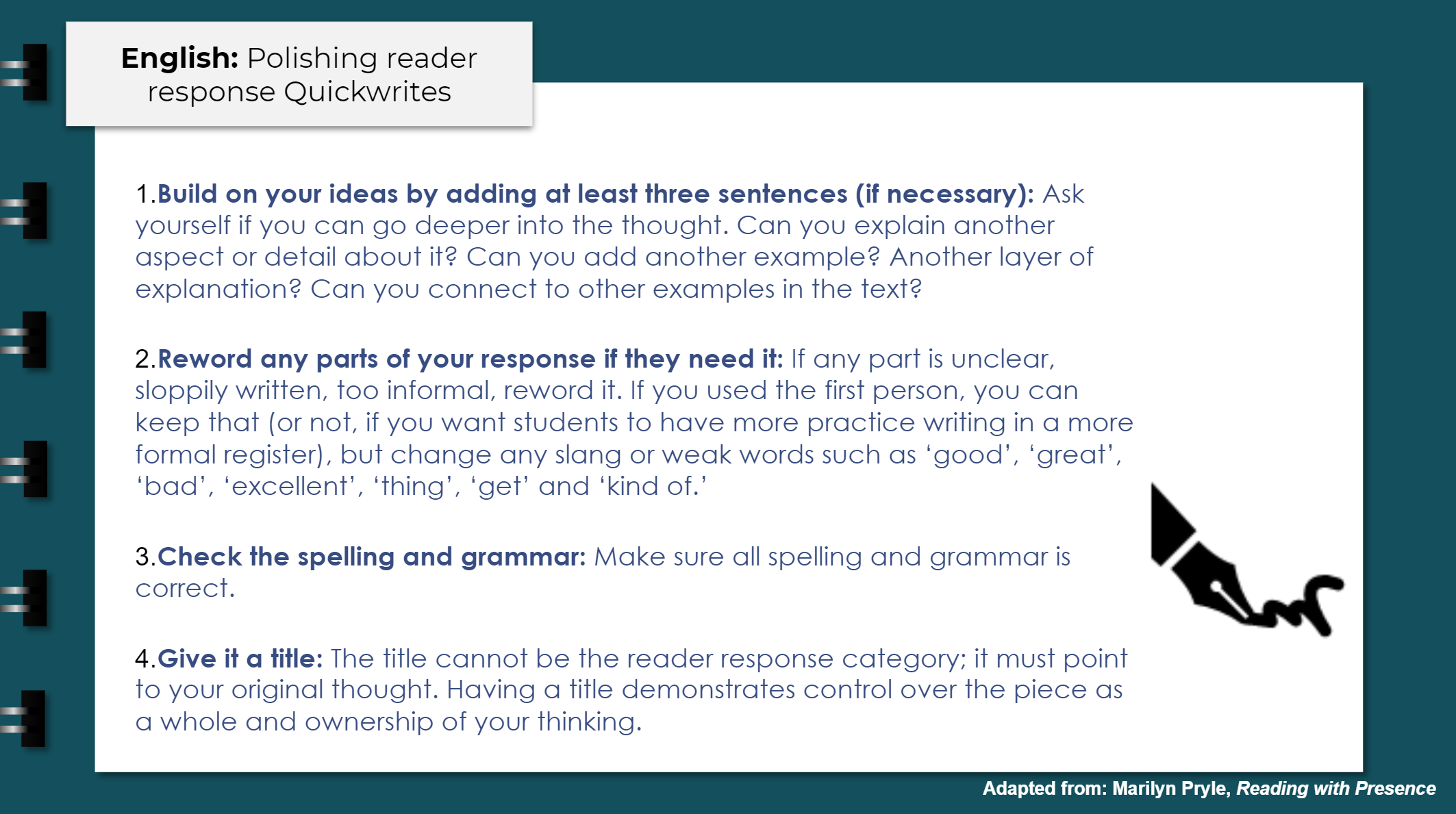
12. To prepare for high stakes writing assignments
Quickwrites can also be used as a low-stakes ‘stepping stone’ to help students prepare for higher-stakes assessments. The goal is to generate familiarity with writing ideas, forms or conventions that will be included in high-stakes writing assignments, in a low stakes manner. The examples below include:
Science: A ‘description challenge’ where students were asked to describe what they did on the weekend without using personal pronouns (Eg: “I”, “me”, “my”, etc.). This mirrors the conventions of formal scientific writing, where students write in the third-person.
Literature: A ‘lightning paragraph’ where students were given ten minutes to write a close analysis paragraph in response to a poem they’d studied and discussed. Students already had practice writing within the form and genre. The teacher facilitated reflective discussion amongst students on what went well and what could be improved afterwards, and ‘next steps’ were discussed.
Studio Art: A ‘warm-up’ comparative response where students were asked to choose two things they are familiar with to compare and contrast (Eg: songs, types of music, different sports, subjects at school, food dishes, etc.). Students then completed a Quickwrite discussing the similarities and differences between the two things. They were then asked to share responses in pairs before engaging in a class discussion about the conventions of a comparative response. They then applied this understanding to a more formal writing task involving comparison of two artworks.
At the end of a lesson:
13. To personally reflect upon learning experiences at the end of class
These Quickwrites prompt personal reflection in relation to the learning process. They can be used to develop metacognitive self-awareness and evaluation of learning experiences, behaviours and habits. They can also reveal students’ progress, challenges, and ‘aha’ moments they’ve experienced throughout a lesson. Some examples of questions to tap into this include:
What did you find most confusing about today’s lesson and why?
What did you find satisfying, surprising, and/or challenging about today’s learning?
What enhanced your learning today?
What ‘got in the way’ of your learning today?
14. To encourage students to summarise and synthesise what they’ve learned
These Quickwrites prompt students to bring together what they’ve learned at the end of a lesson. They also encourage students to determine the most important points they want to remember and apply. Teachers can also use these to check for understanding. Teachers might ask students to:
Write a summary
Jot down new thinking or knowledge
Compare what they knew or understood at the start of class to their understanding at the end of class
Choose statements that they believe to be true or false from a range of options, and explain why
Compare two problems or case studies and choose which one is harder or more complex; explaining why
See some examples below:
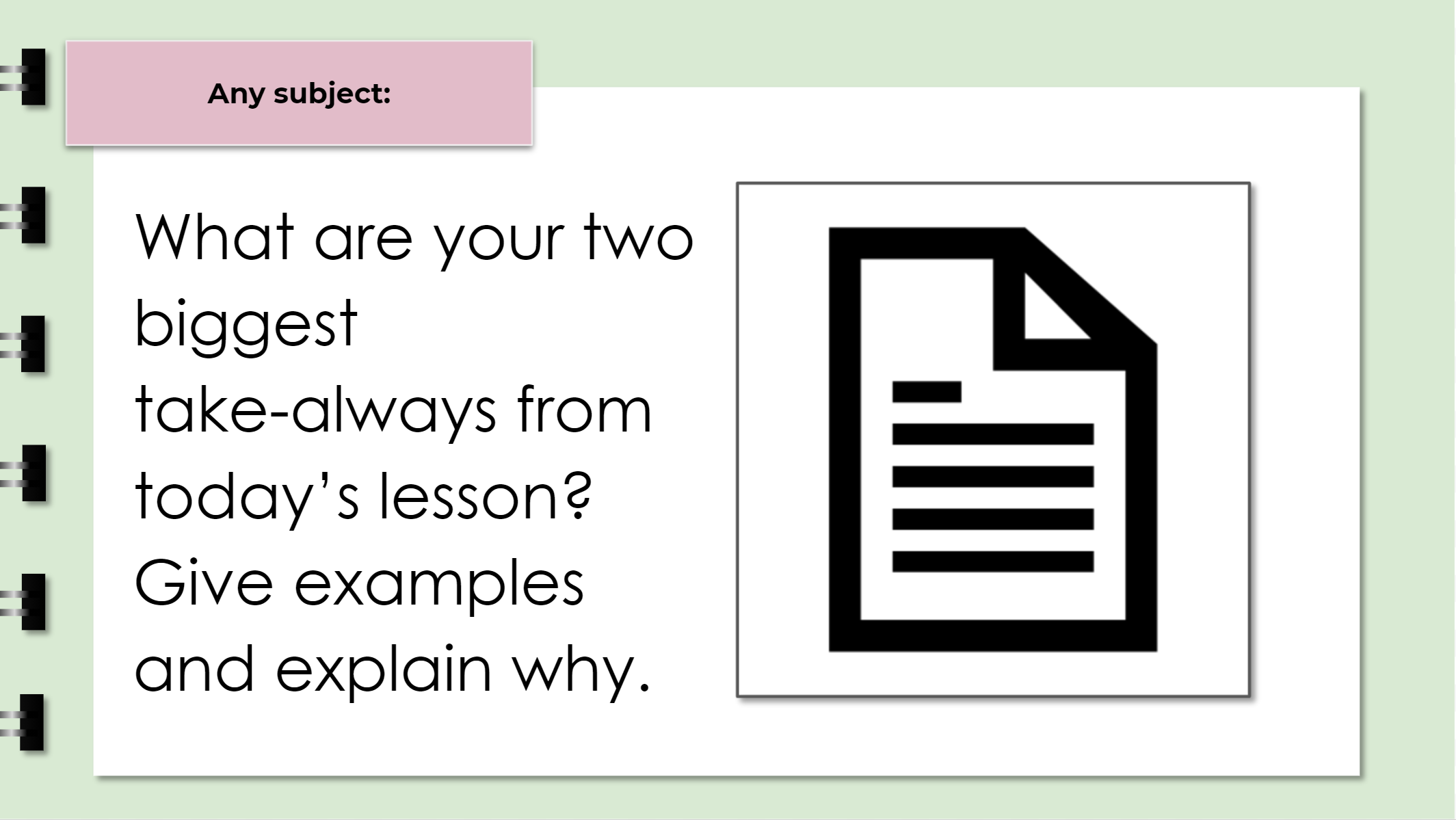
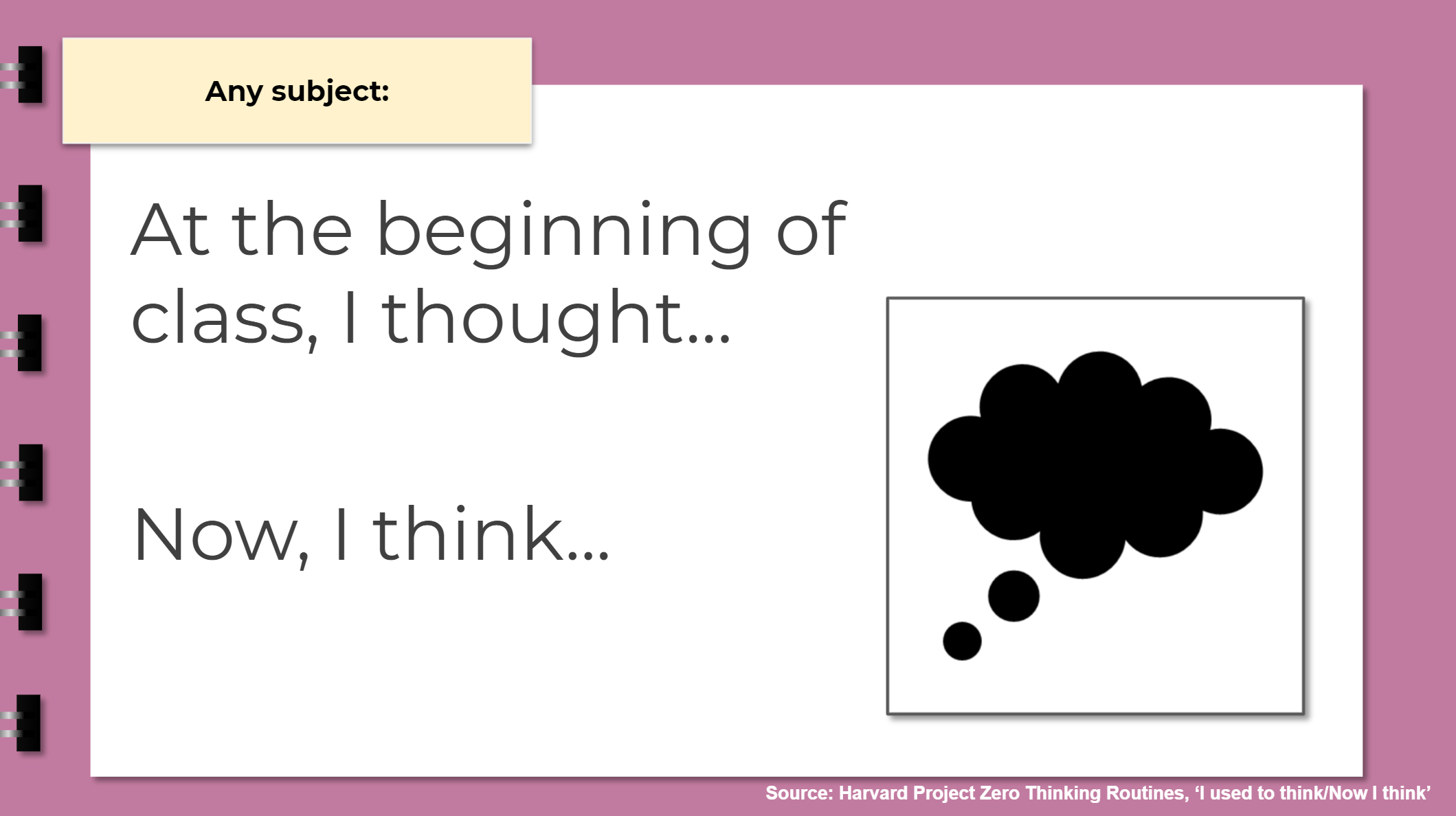

15. To revise important concepts throughout a unit
These Quickwrites involve revising key concepts studied throughout the course of a whole unit, rather than just those studied in a single lesson. See some examples below:
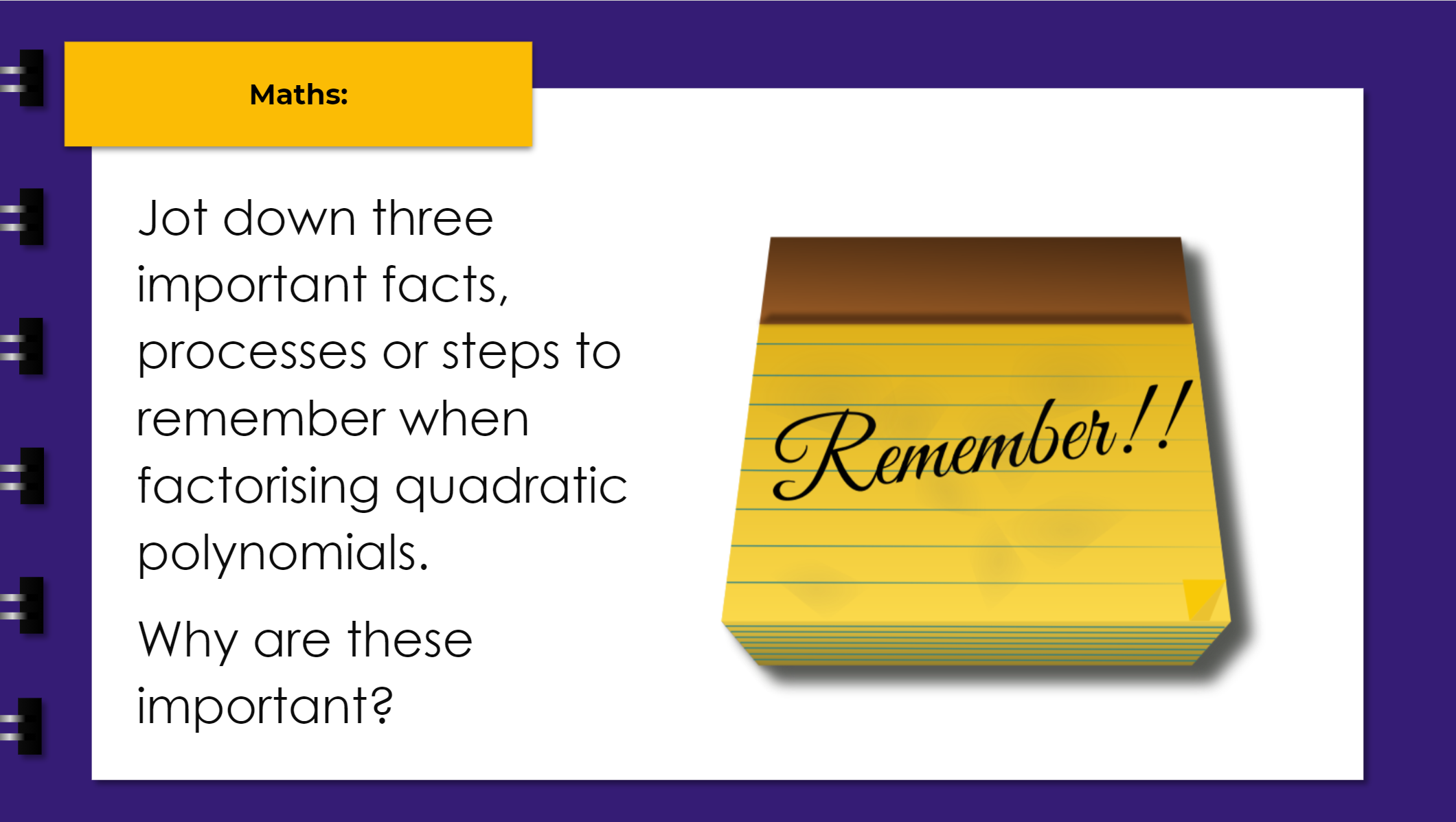
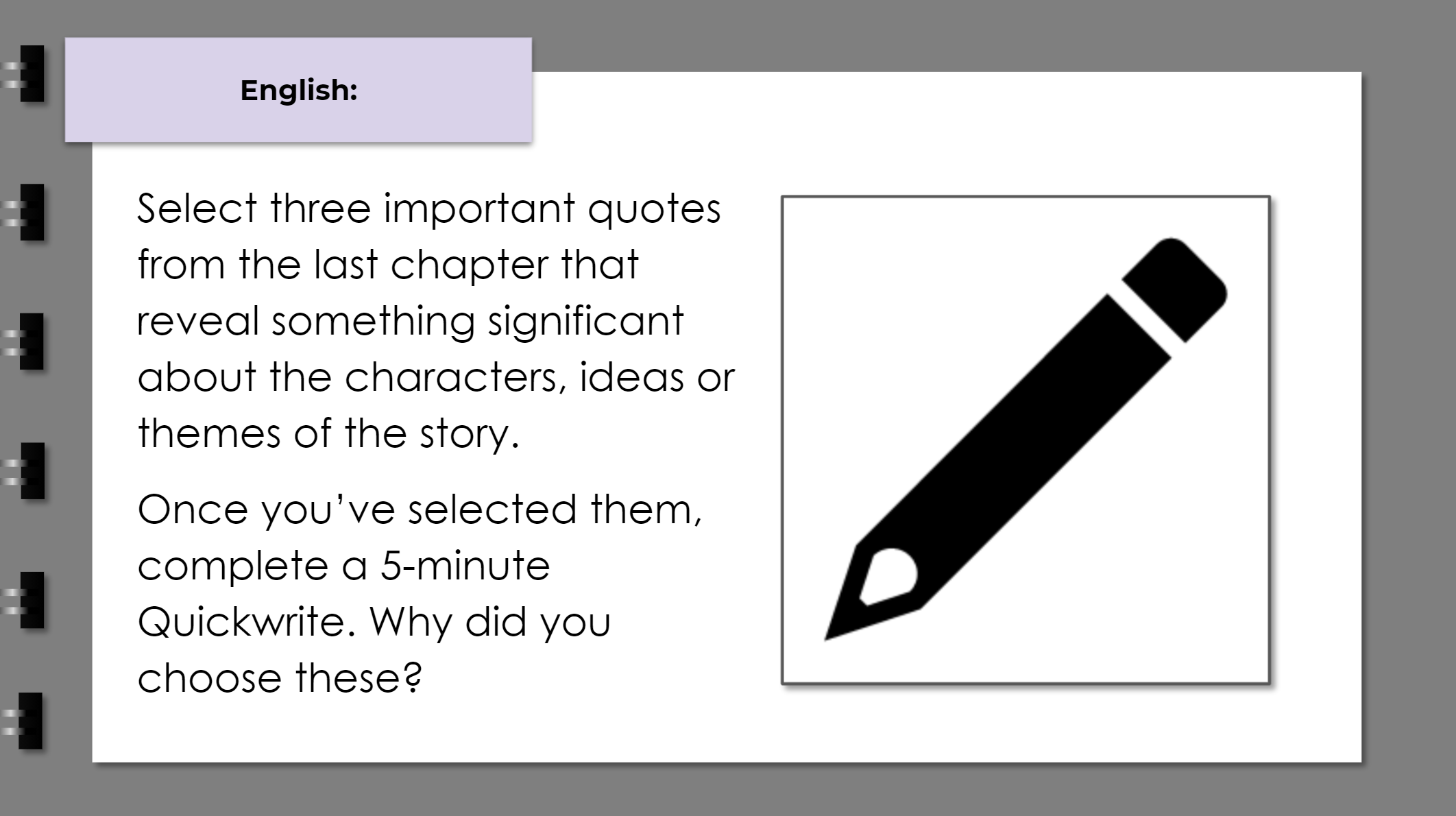
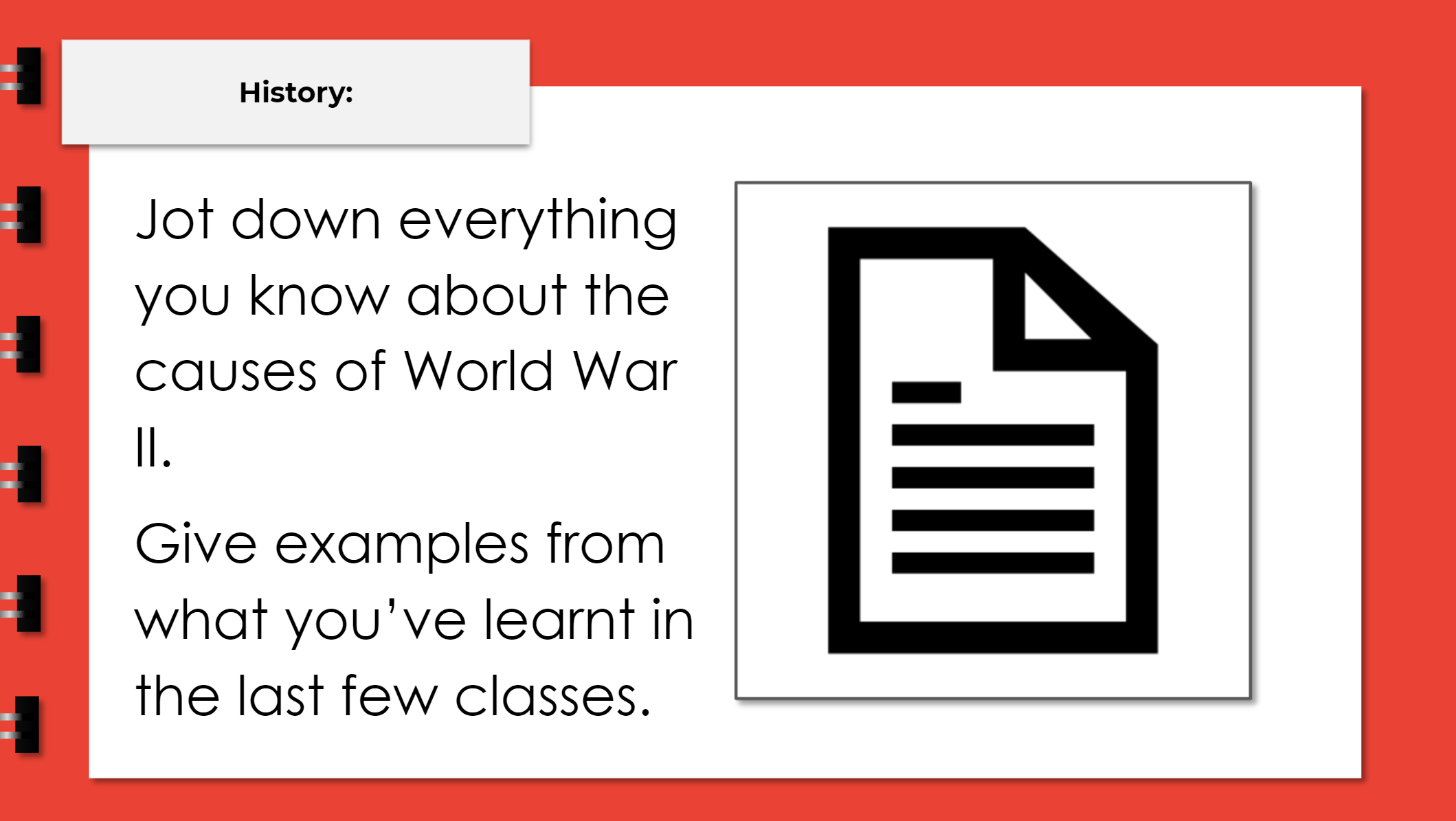
16. To connect ‘in the classroom’ learning to ‘beyond the classroom’ learning
These Quickwrites provide a ‘bridge’ for students to transfer what they’ve practised or learned in class to new and different contexts outside of the classroom. They might involve direct questions about how students might use or apply their learning, or prompts related to the significance of what they’ve learned.
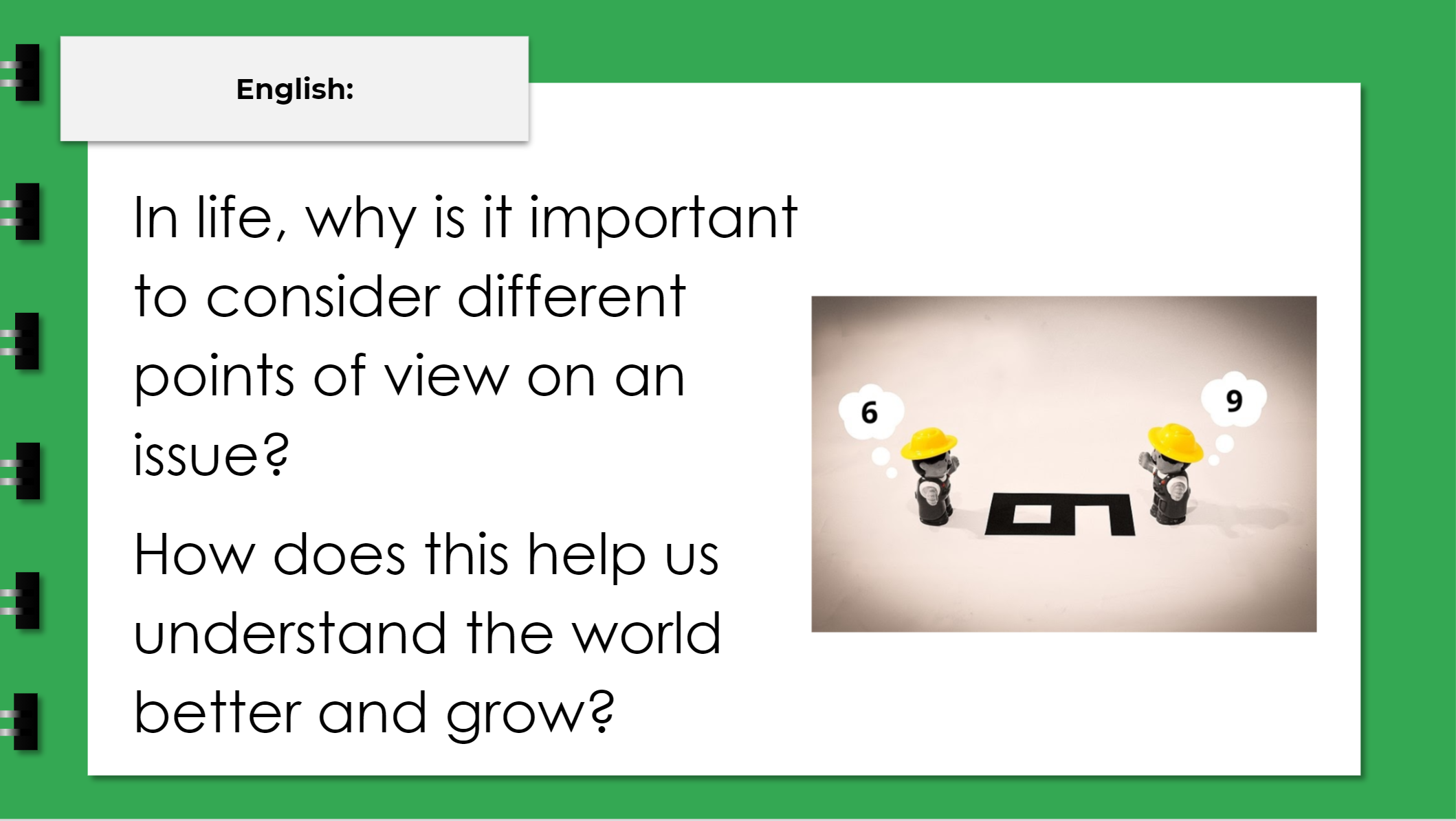
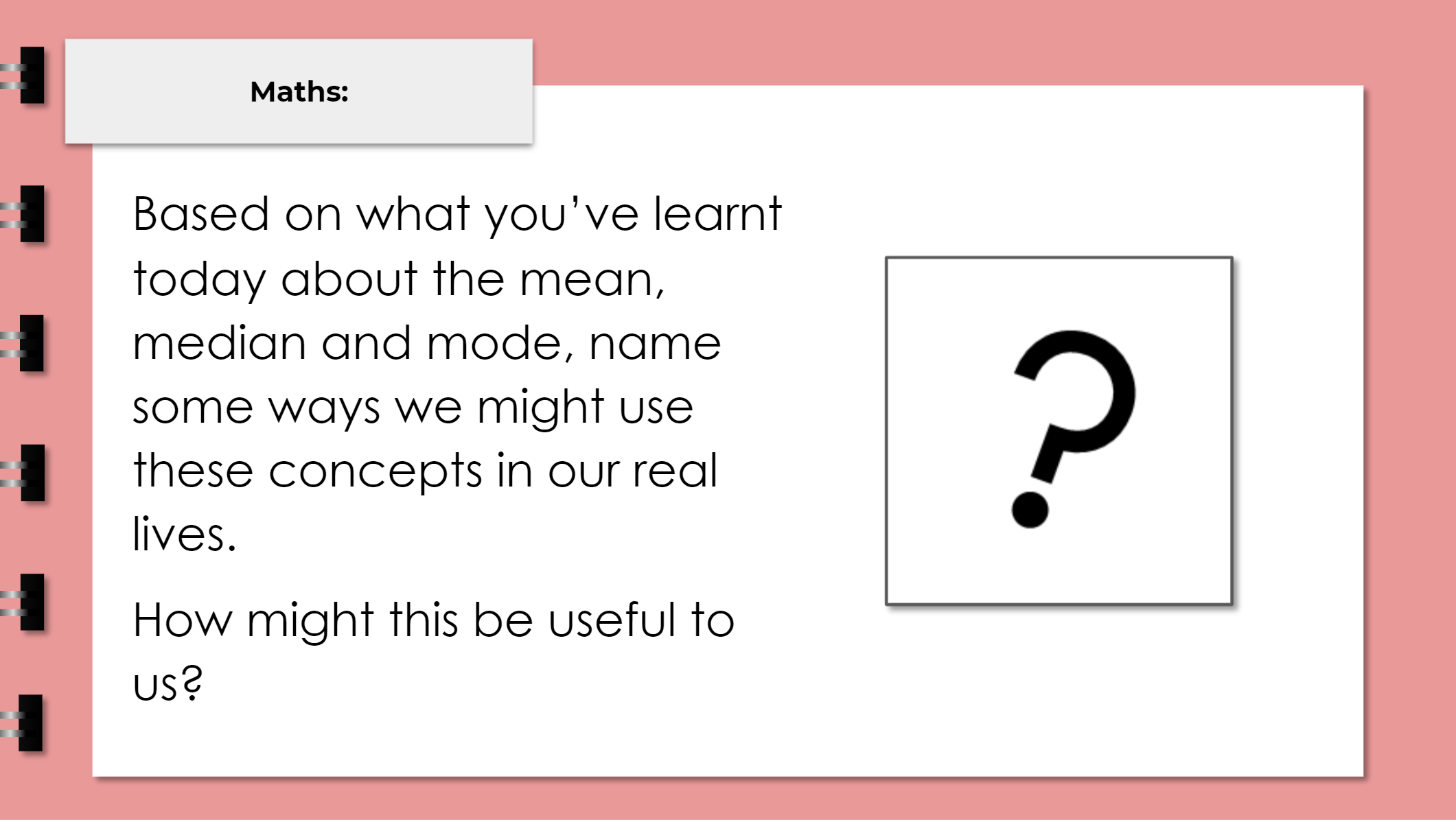
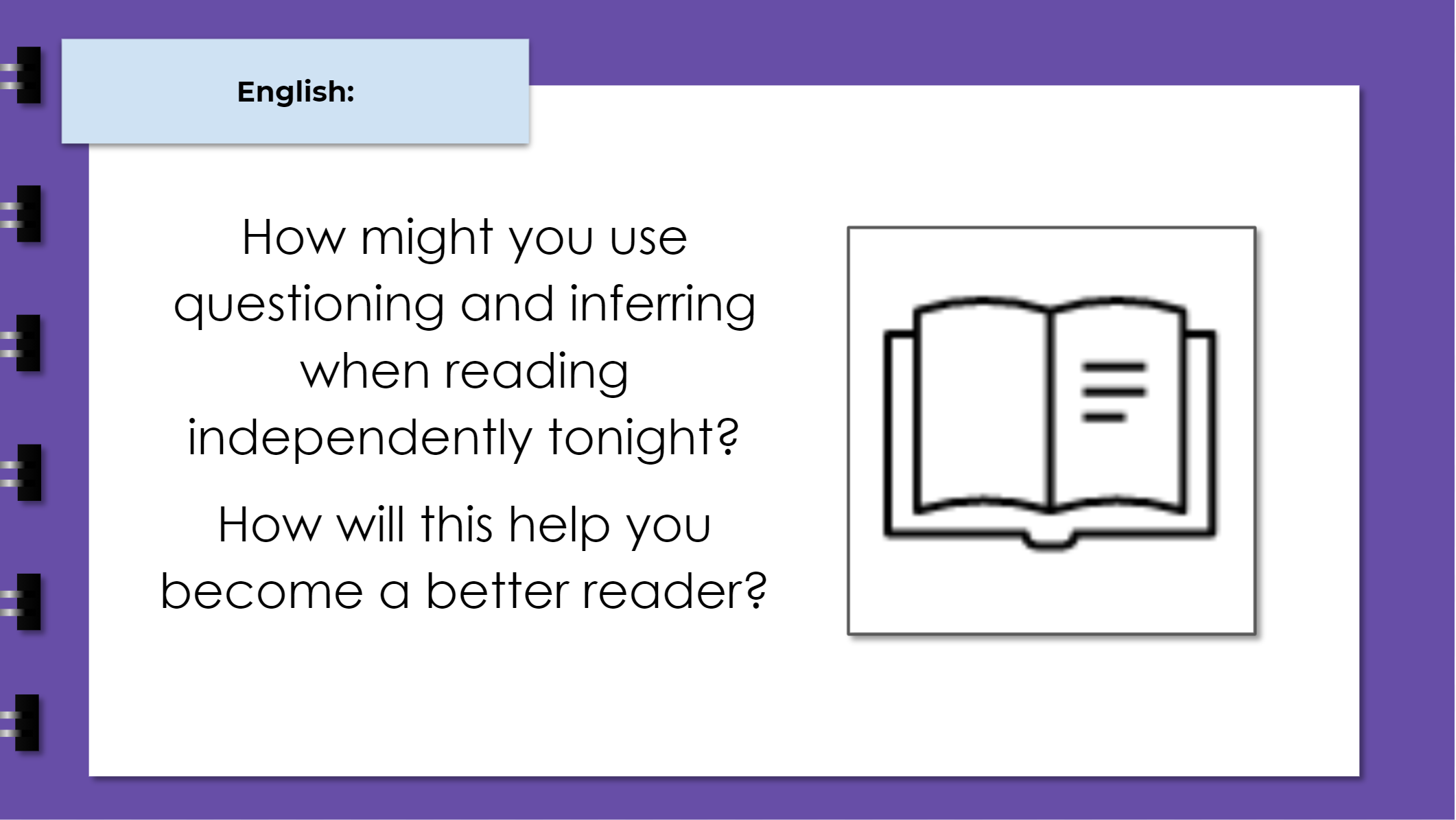

How do you use Quickwrites to inspire deeper thinking and learning in your subjects?
How might you use them?
